
Master head accessory design by exploring embroidery techniques, millinery, and creating unique headbands.
Embark on a creative journey where you'll learn to design and craft head accessories that stand out for their uniqueness and style. From beadwork guided by MULATT to headband creation using Beto García's techniques, each course offers the opportunity to explore materials and techniques that will enrich your repertoire. Millinery is transformed under the guidance of NOMADE MODERNE HATS, who will teach you how to fuse traditional methods with modern trends to create one-of-a-kind pieces. Fernanda Guimarães completes this experience with innovative approaches to hair accessories, integrating functionality and aesthetics into every design.
Gain in-depth knowledge that will allow you to master everything from the fundamentals of embroidery to advanced millinery techniques. Each lesson is designed to enhance your creativity and skills, encouraging you to experiment and develop your own identity as a designer. By the end, you'll be equipped to create a complete collection of accessories that reflects your personal style, ready to impress in any setting, from runways to casual gatherings.
What will you learn in this specialization?


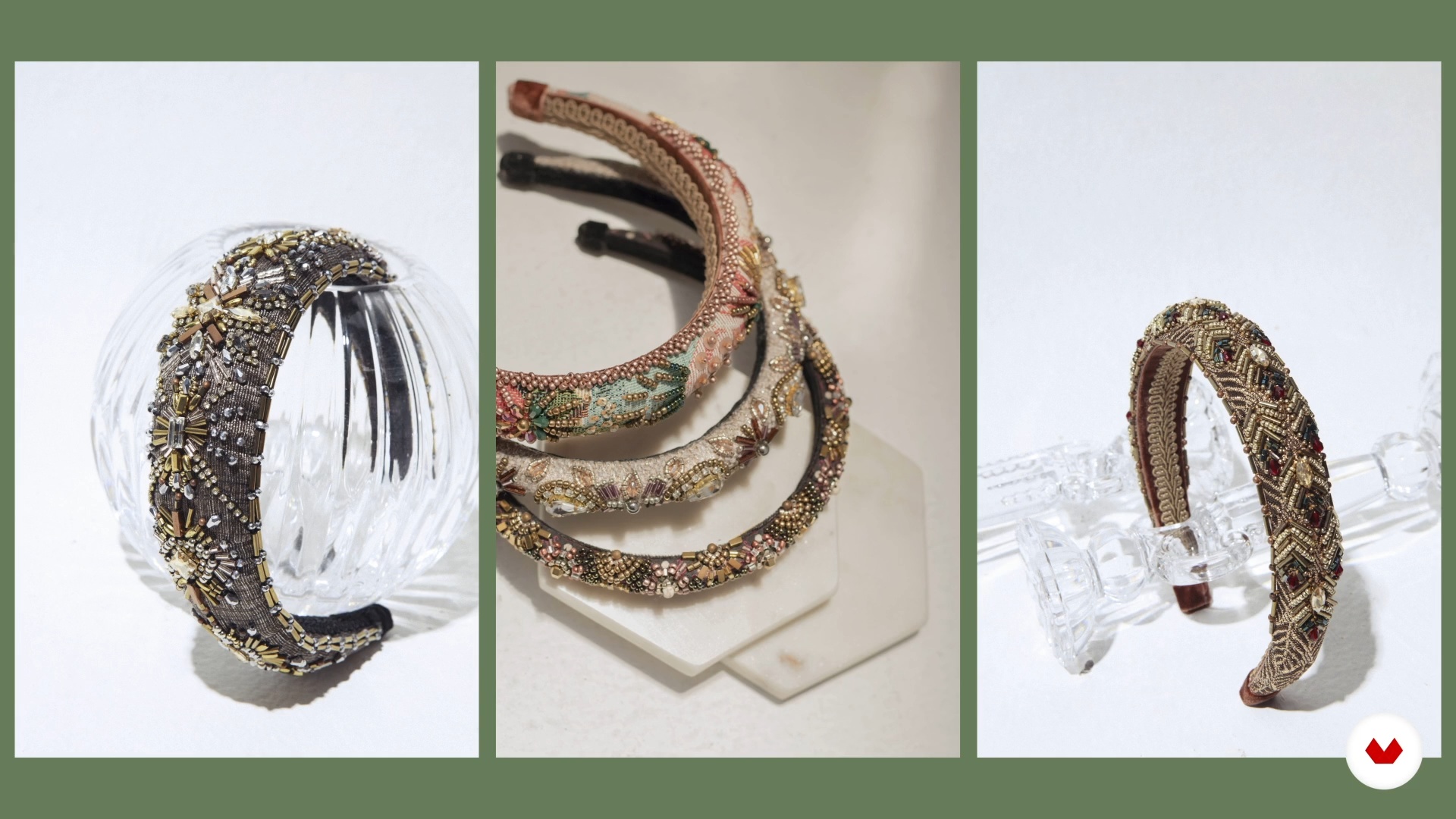


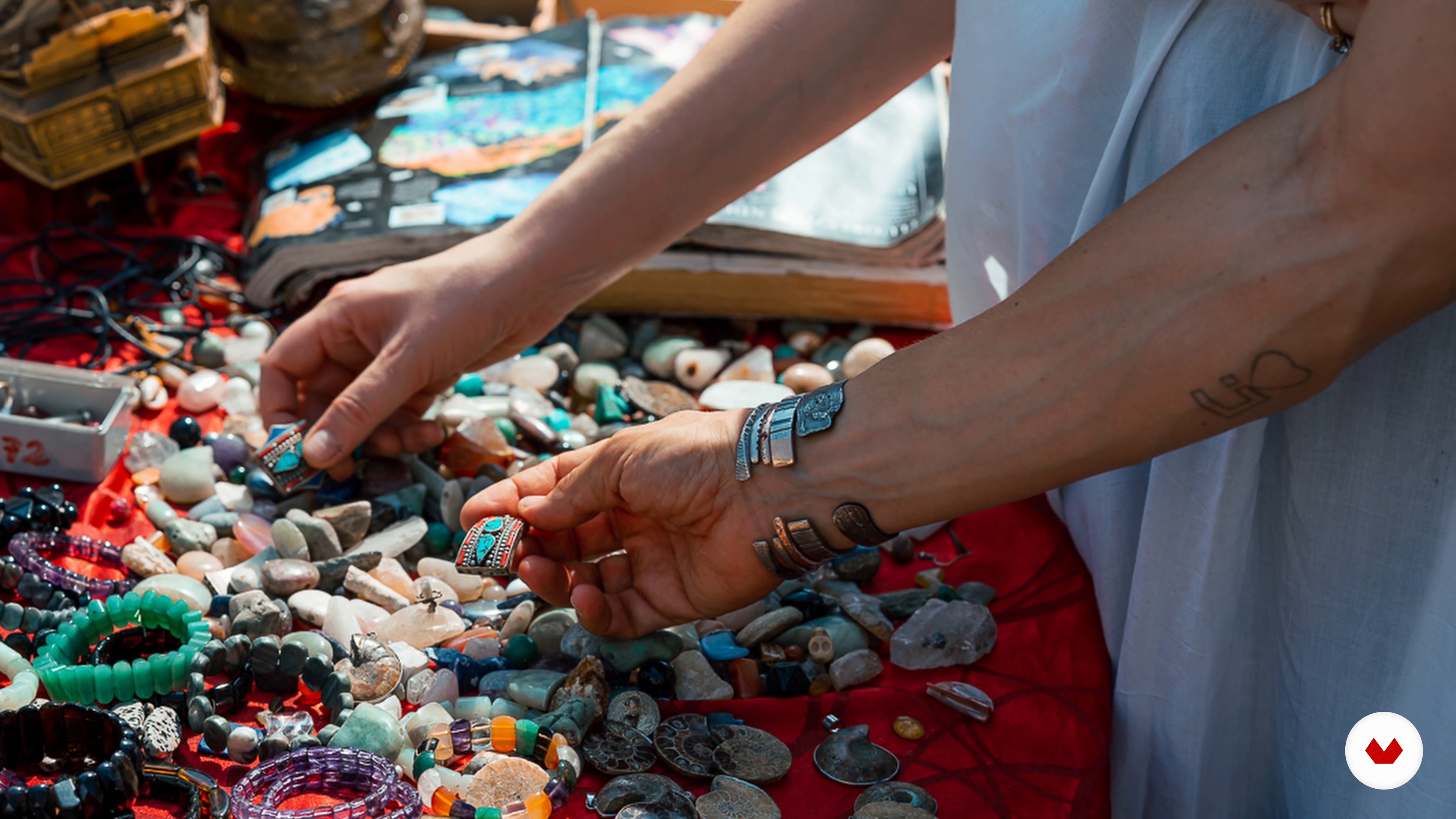
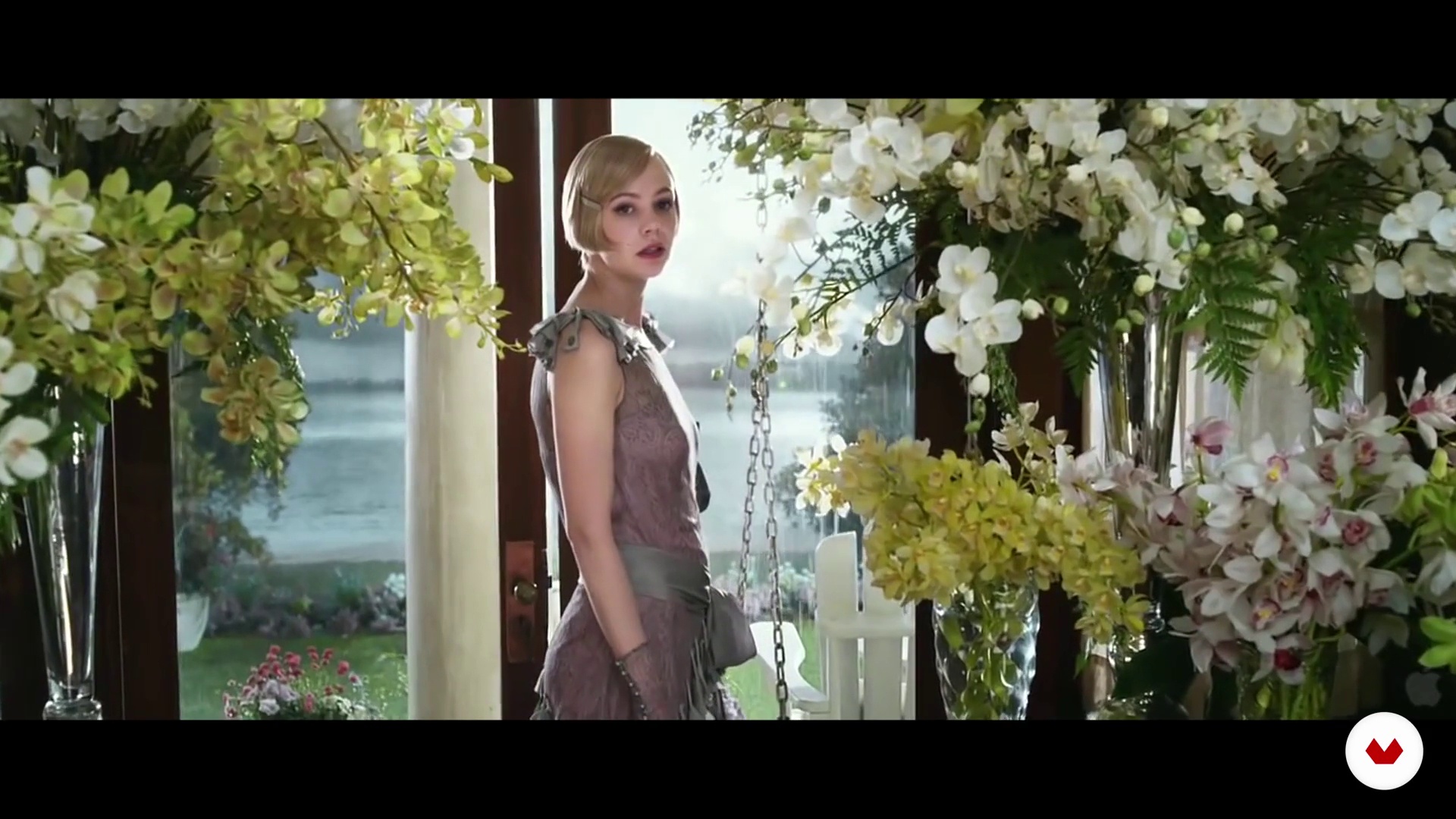



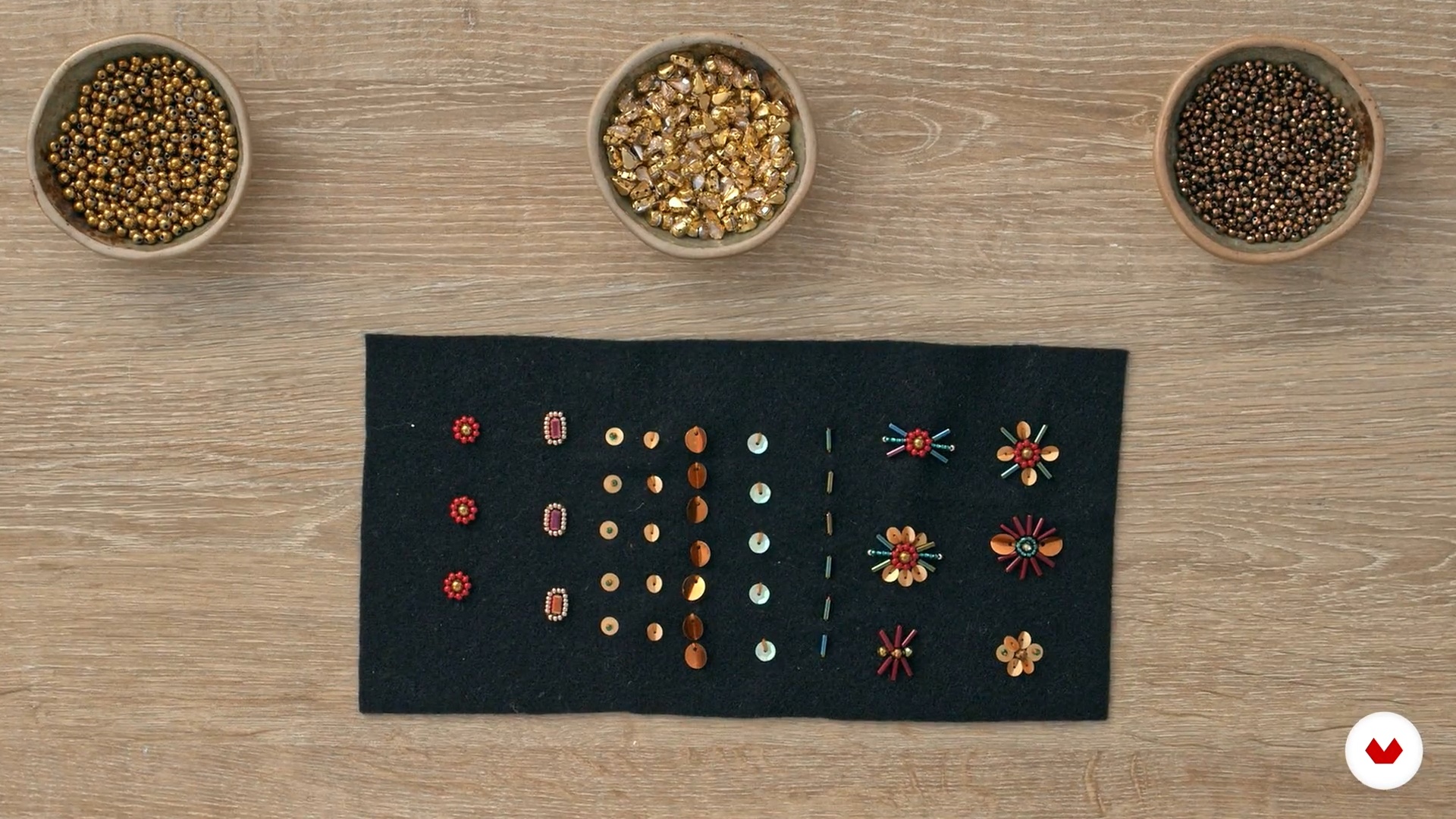

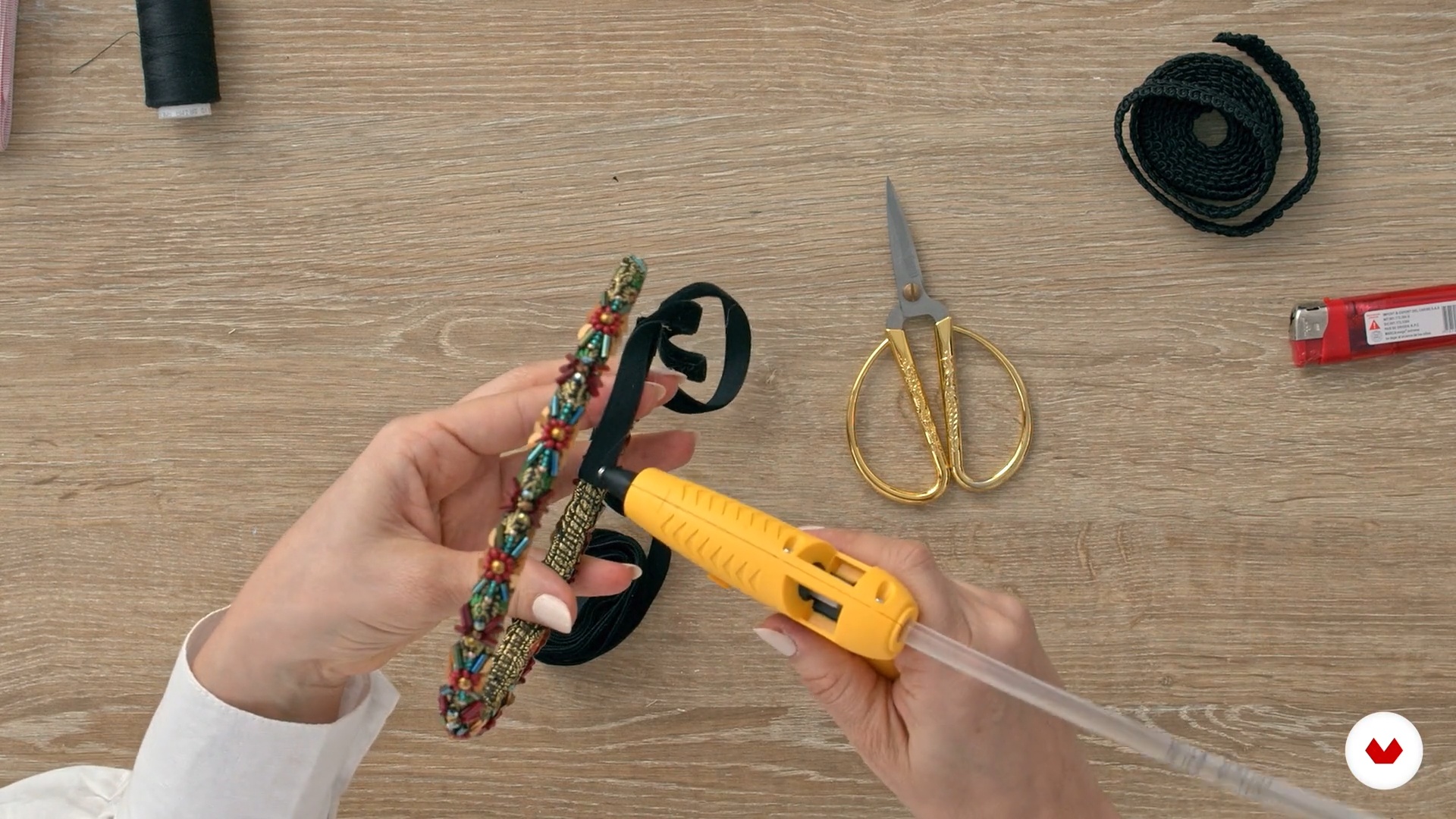
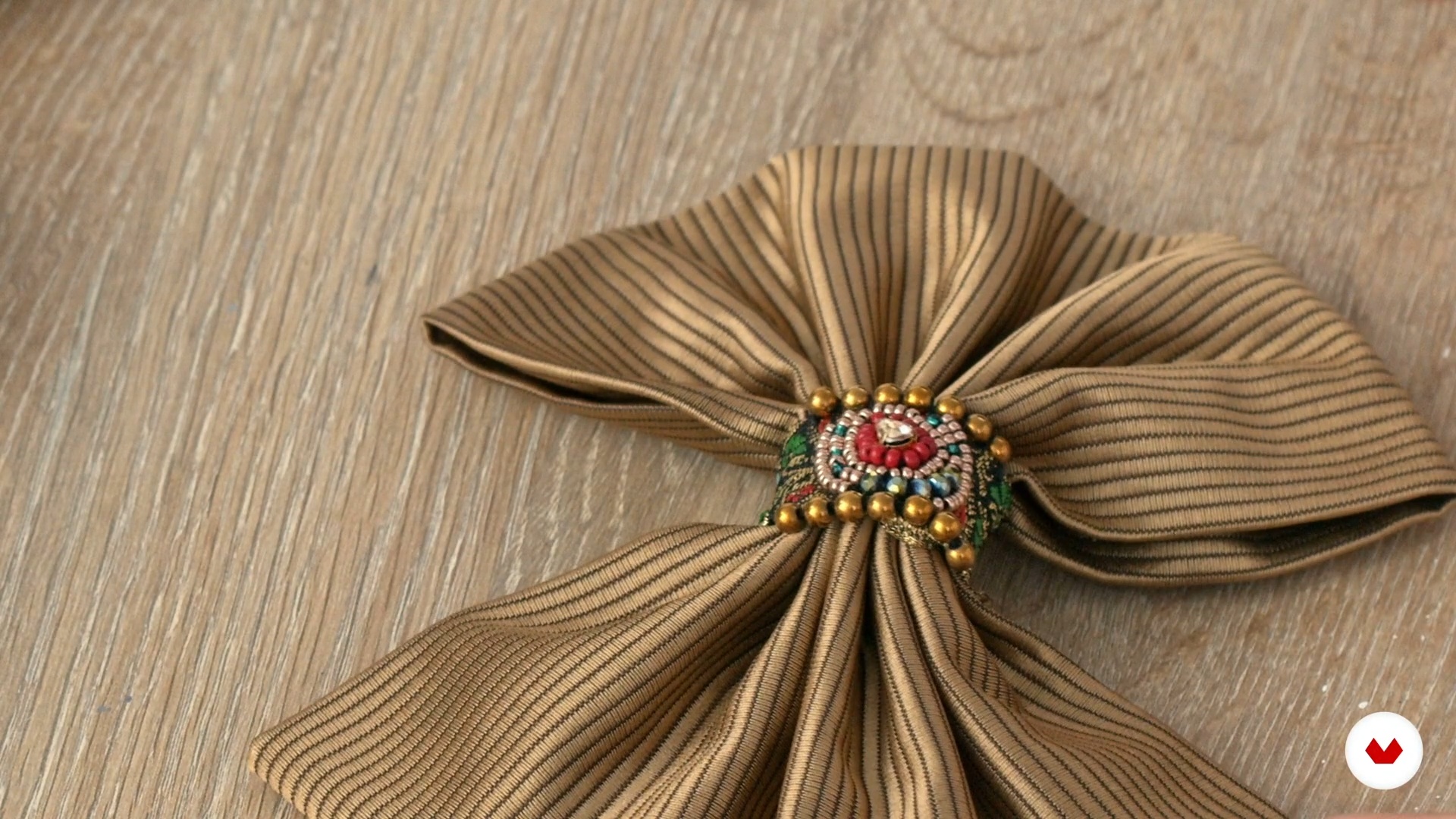
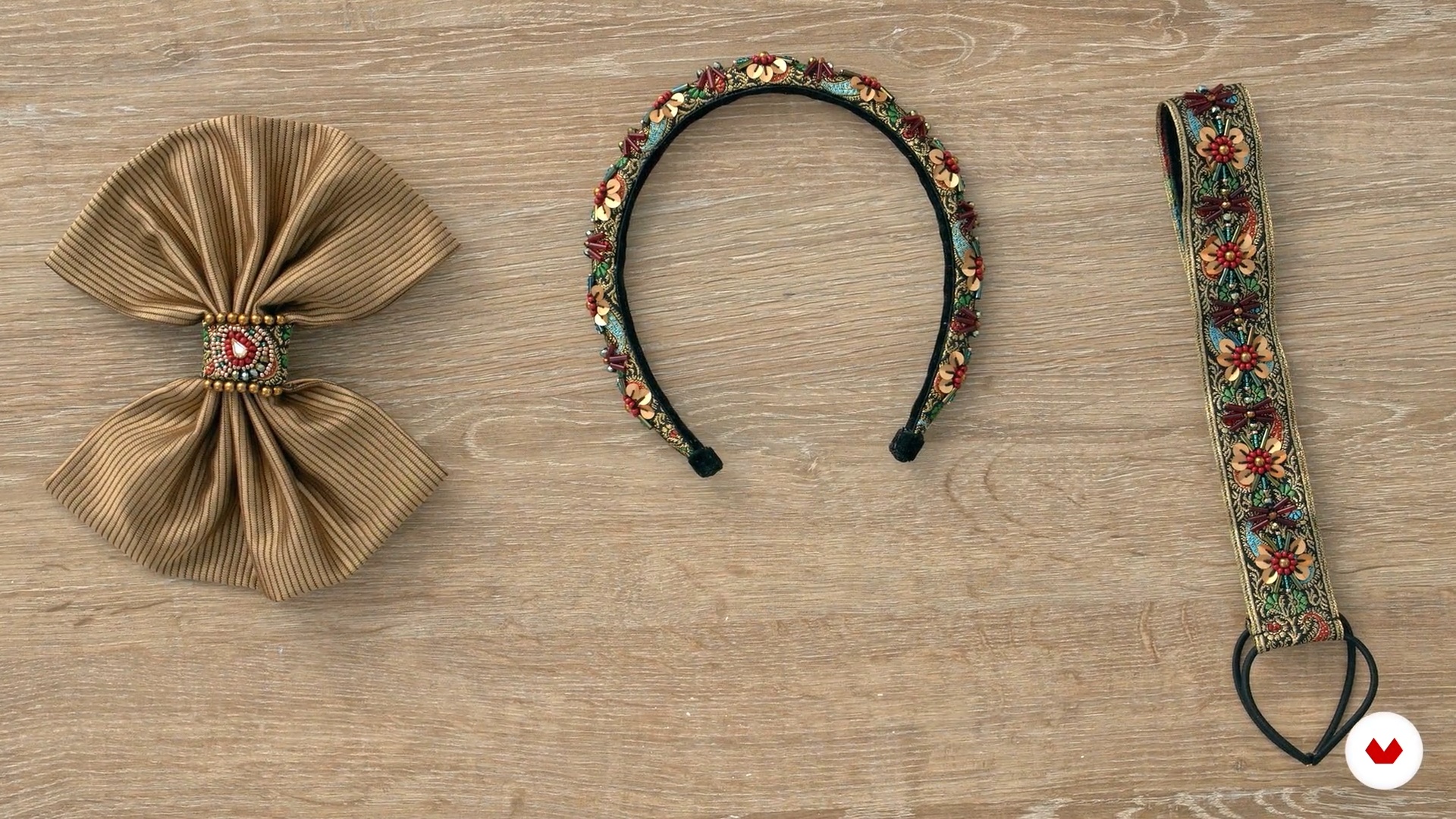
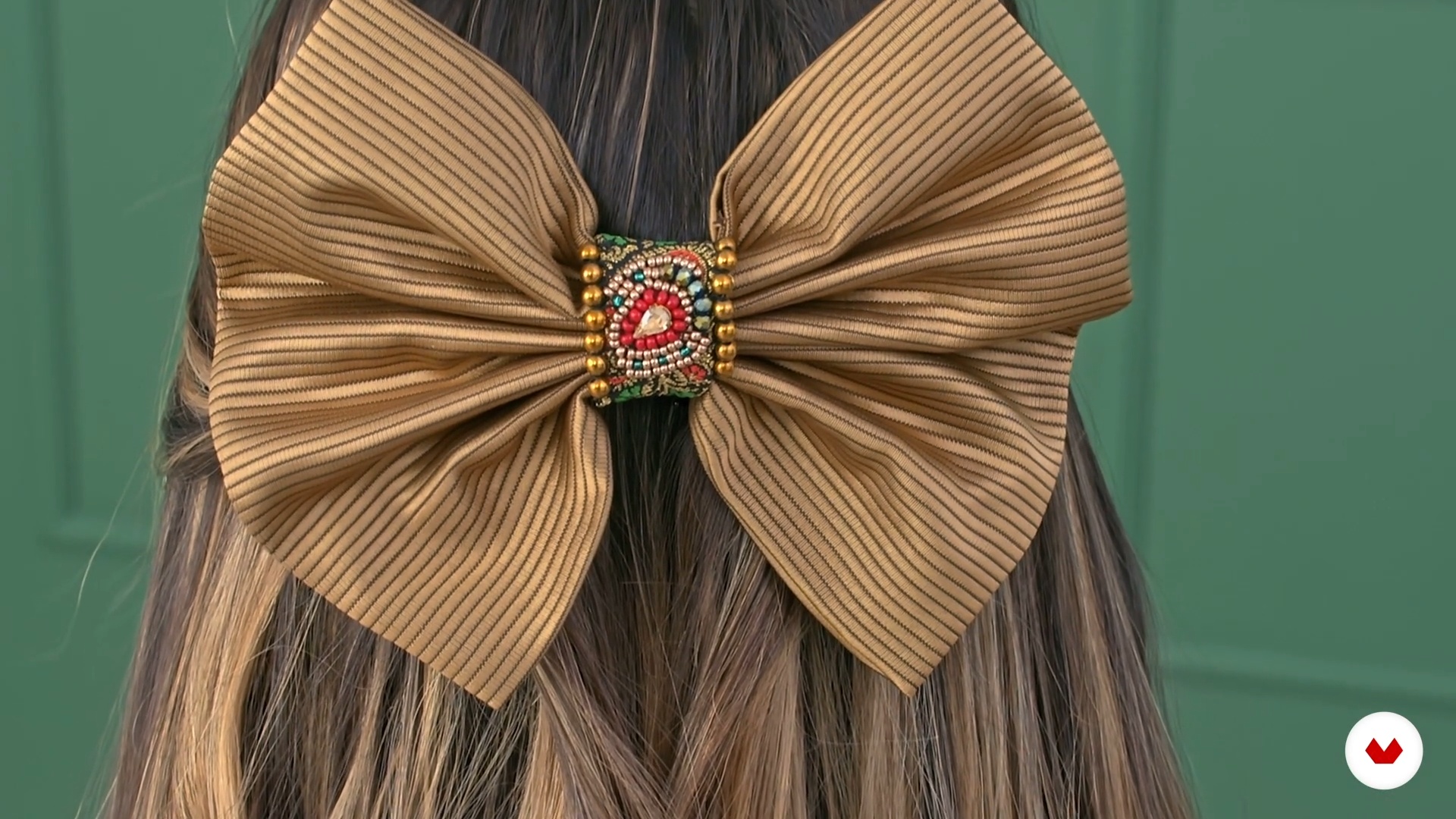
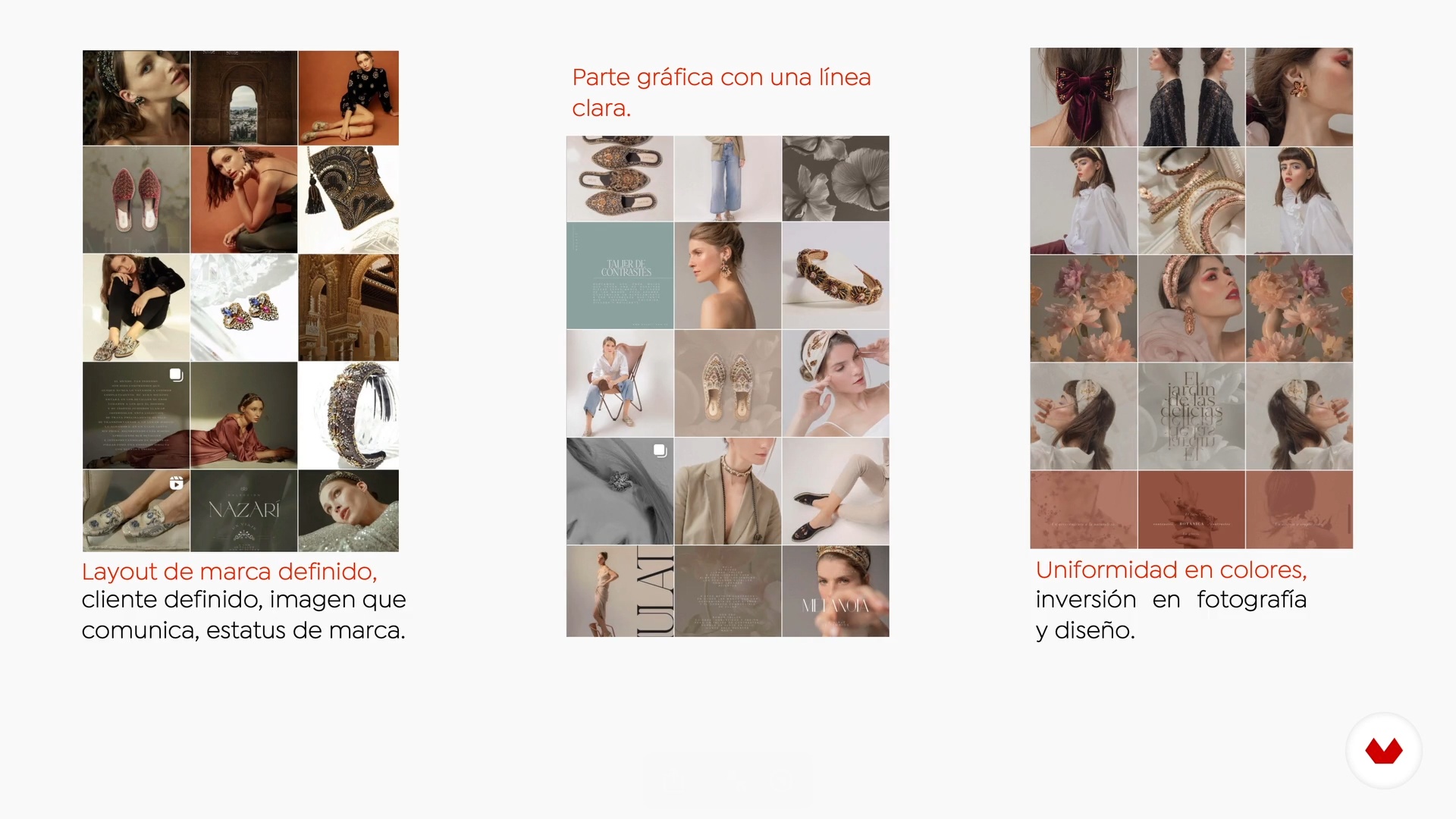






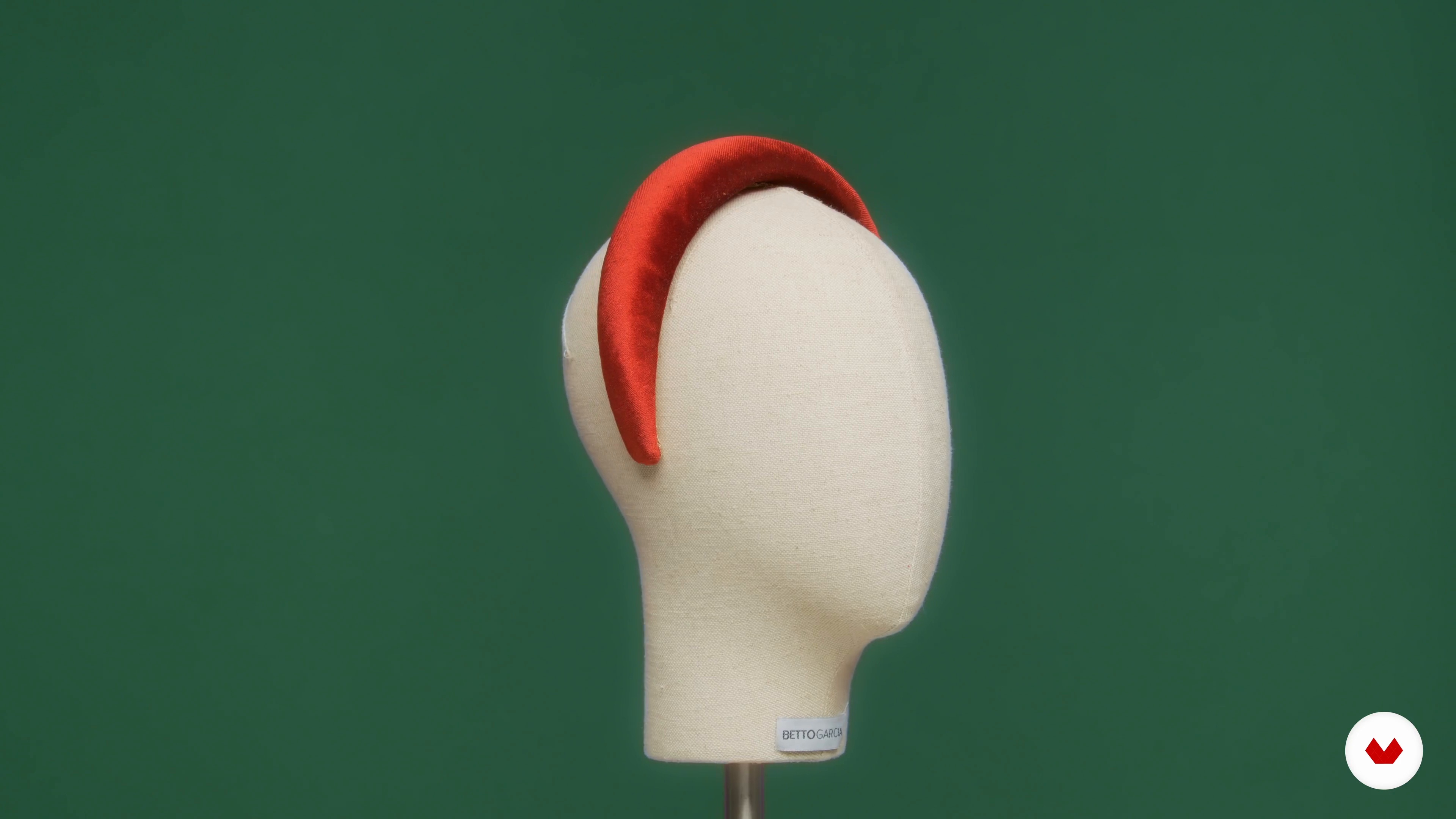

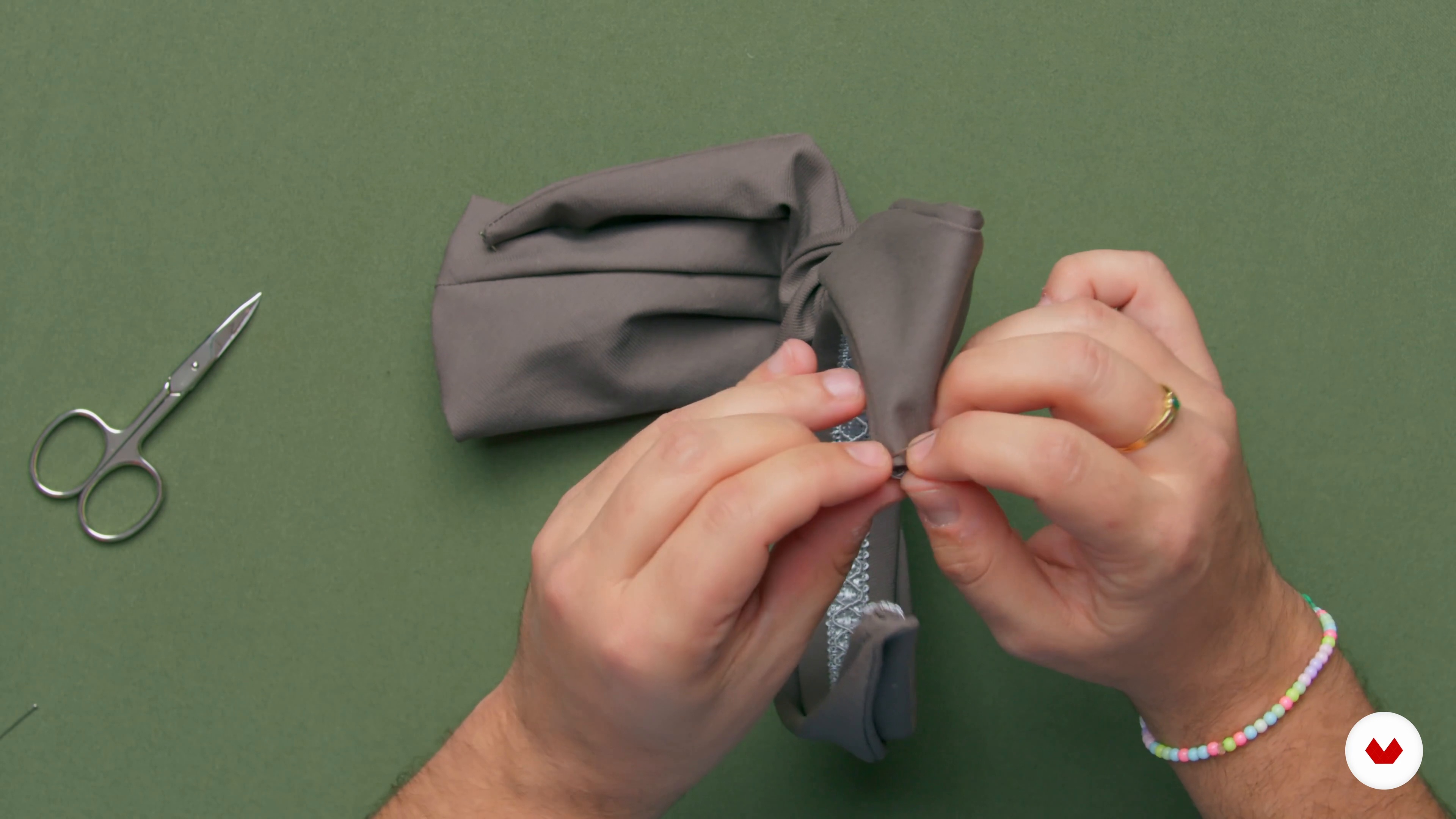
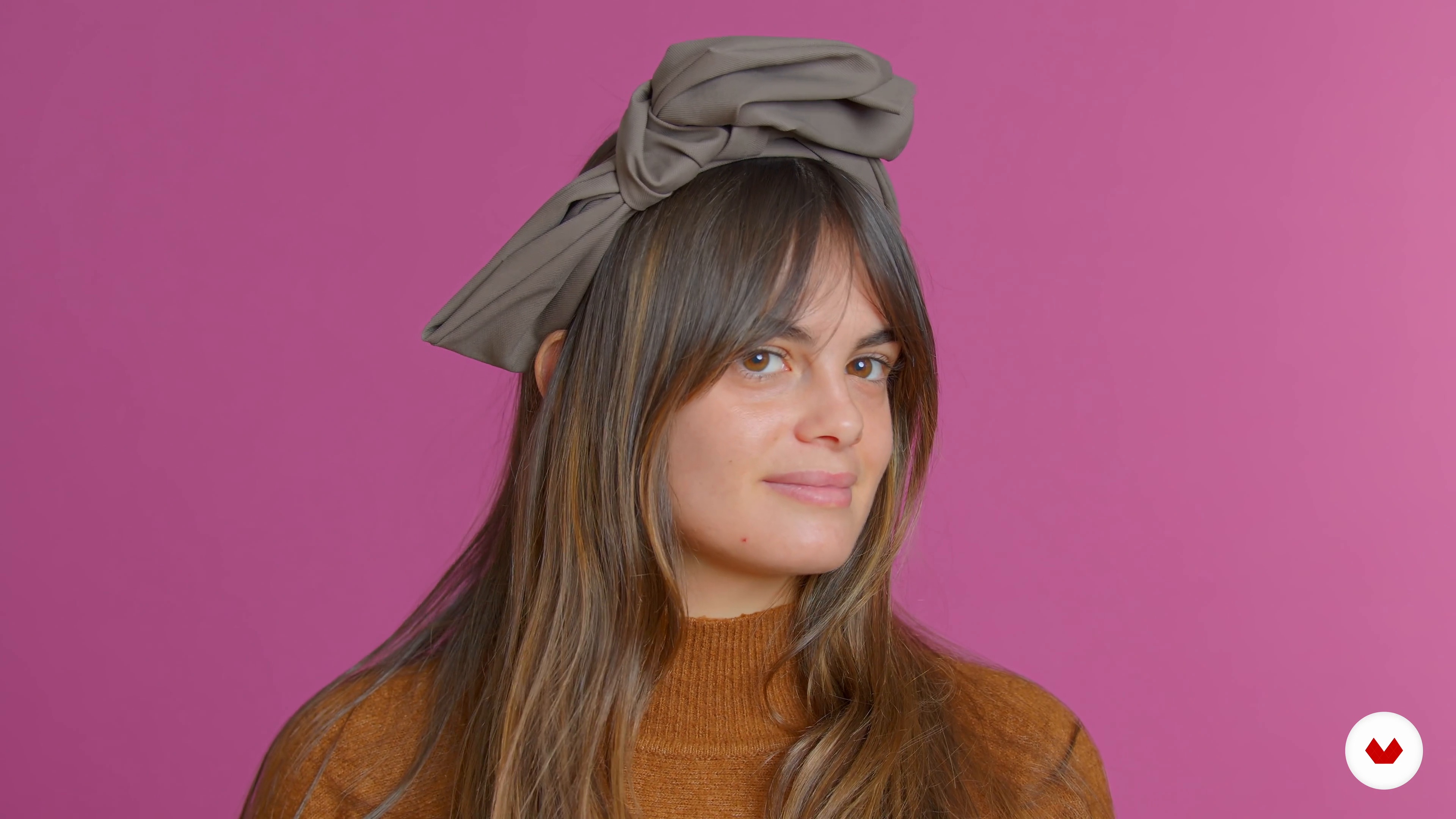
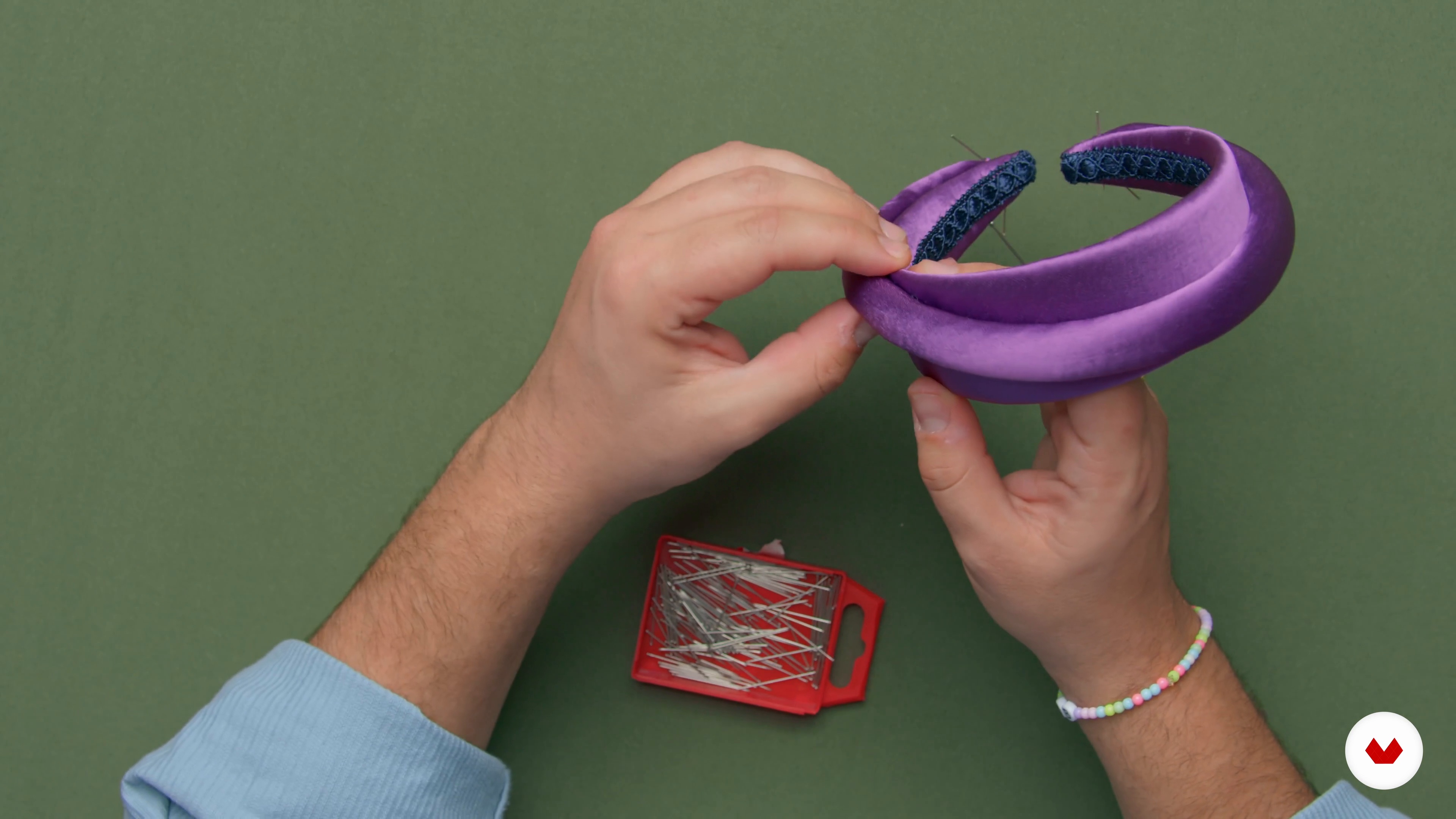

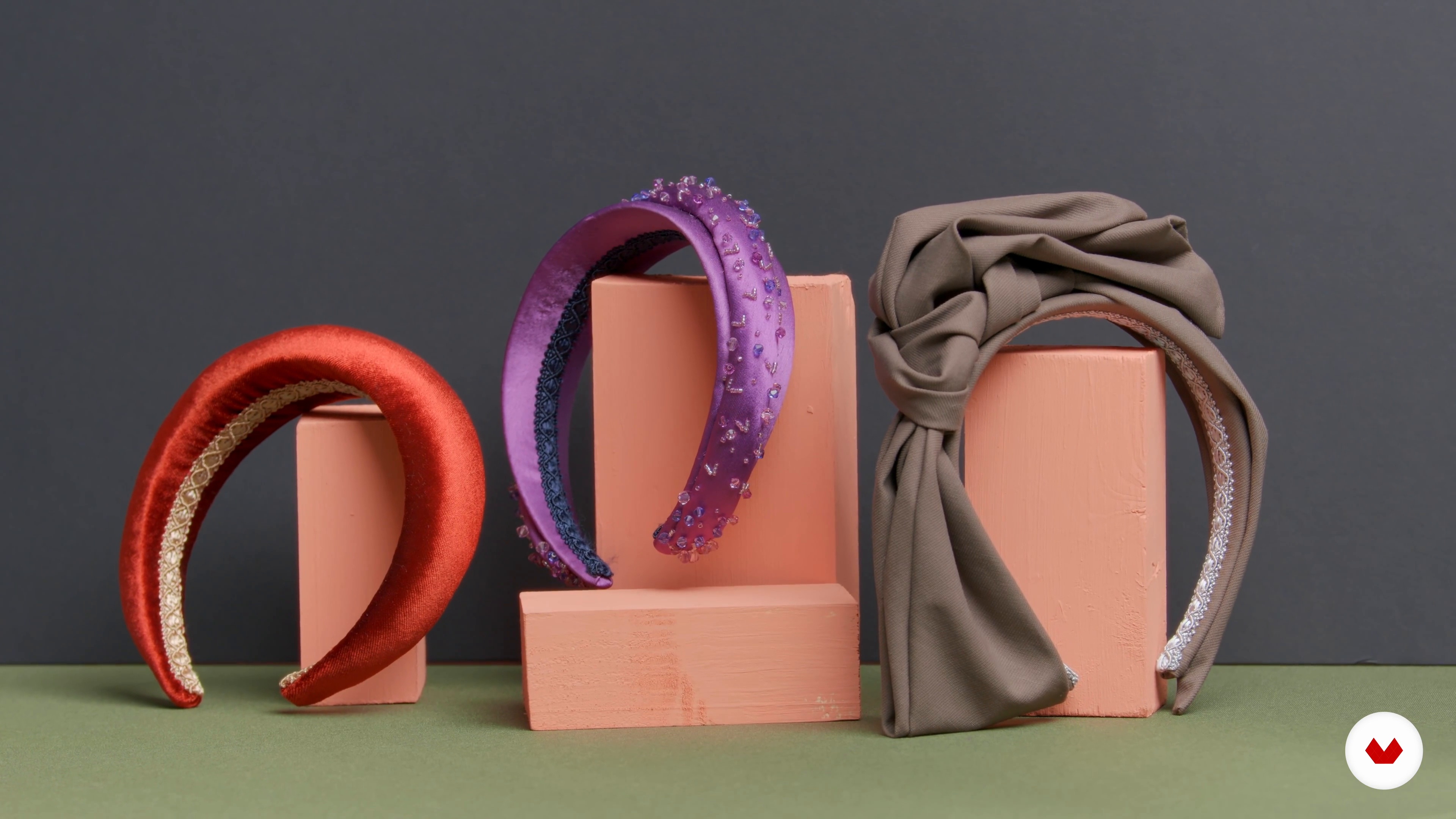


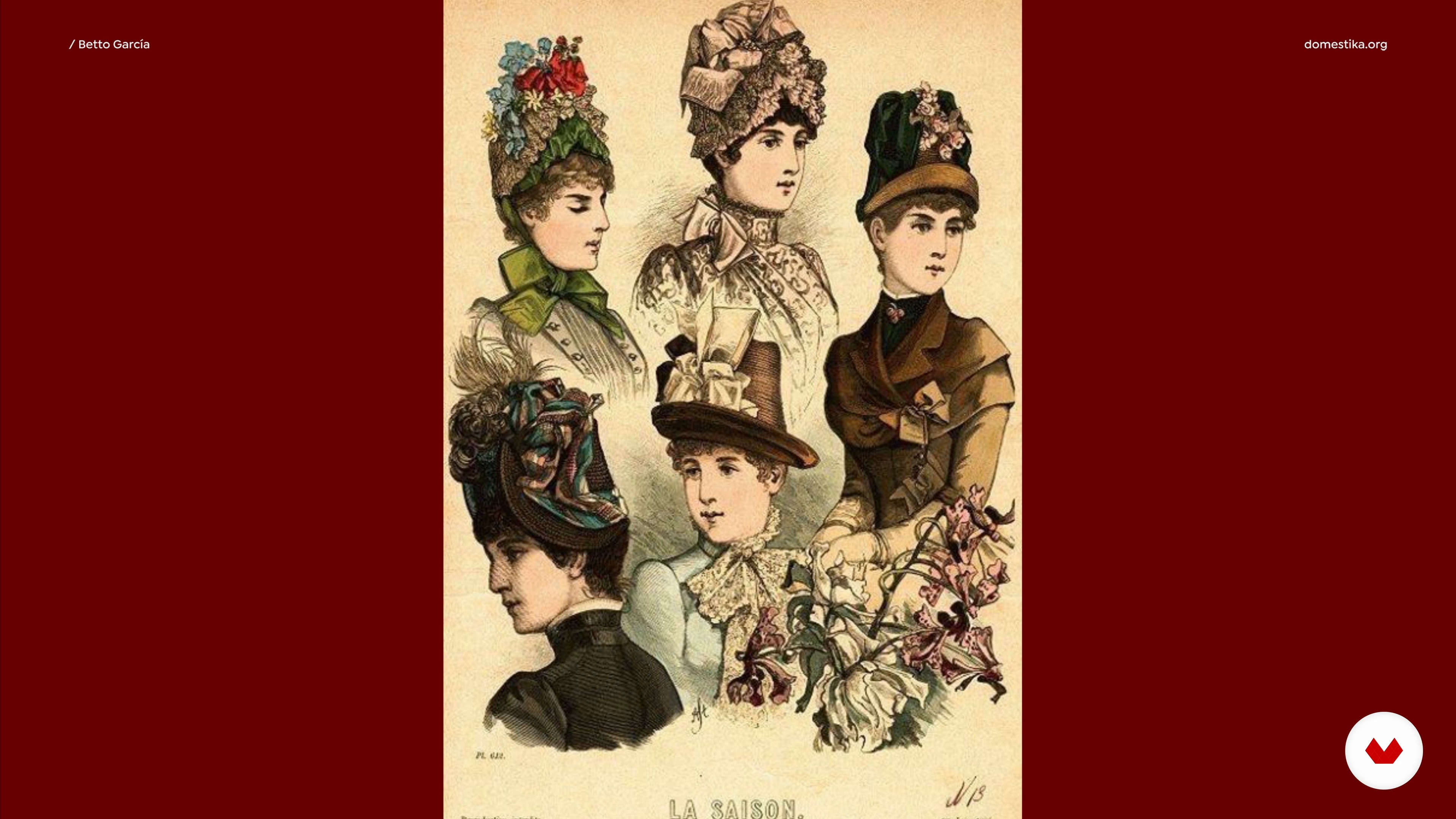
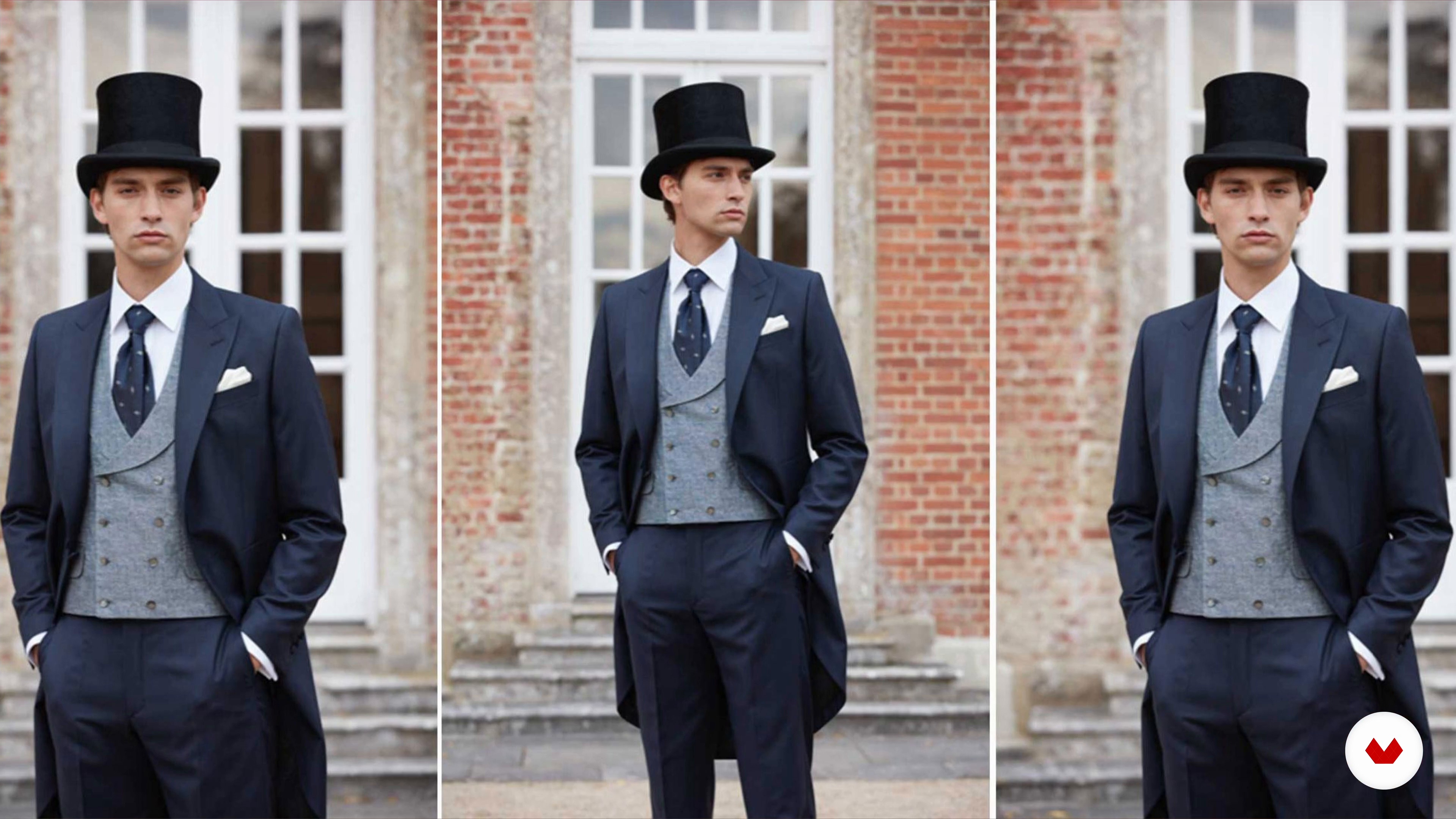
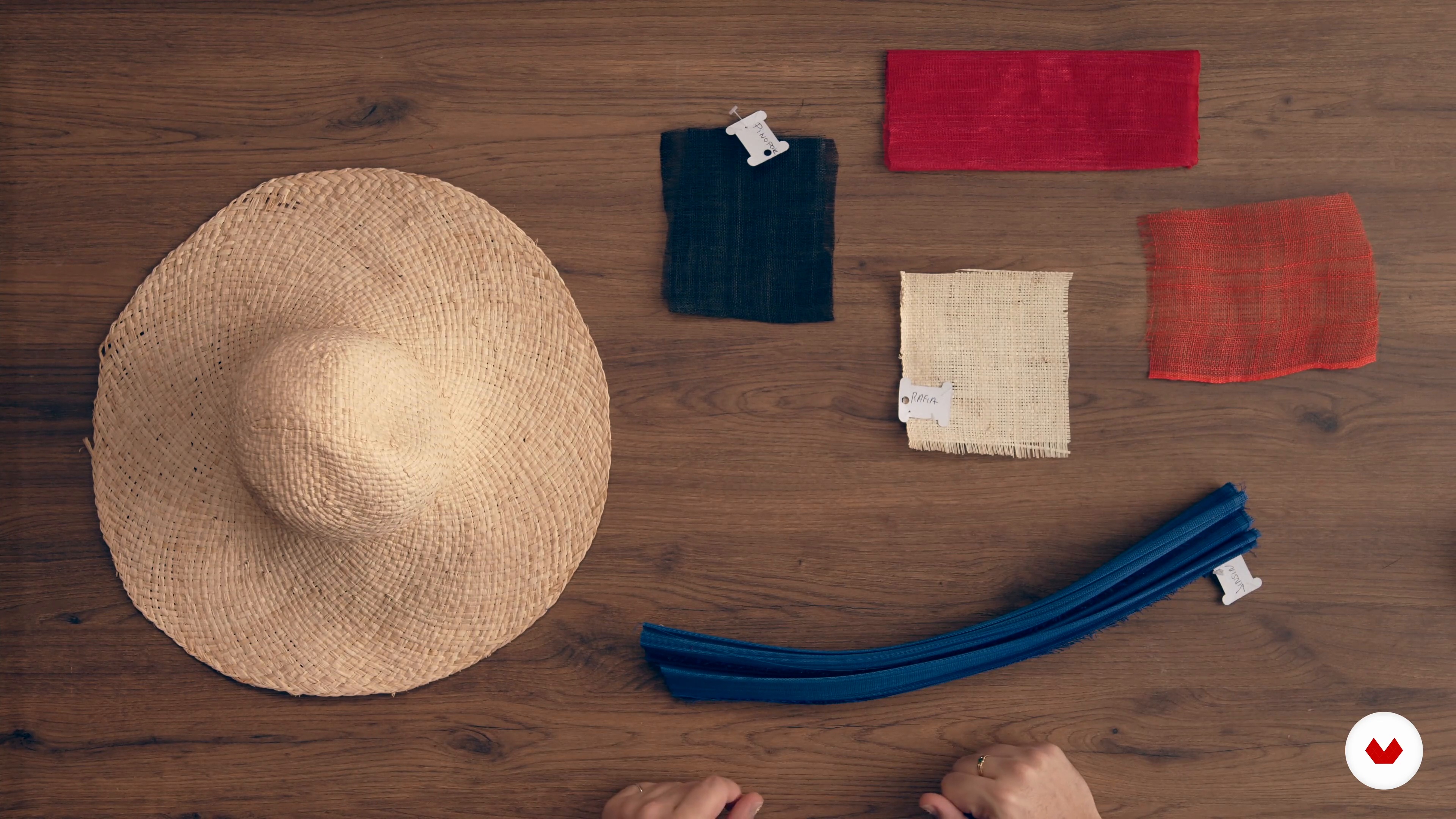

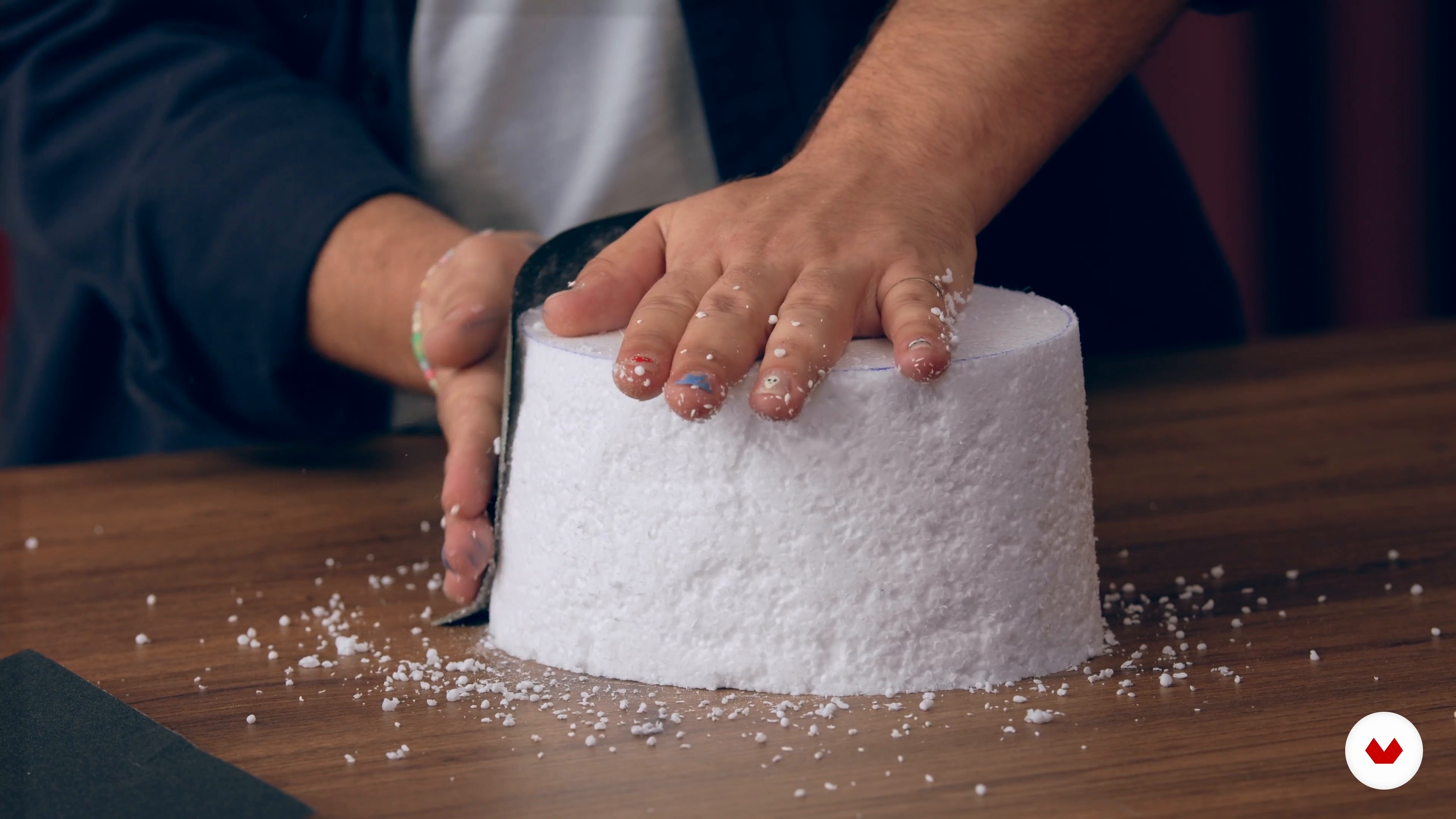
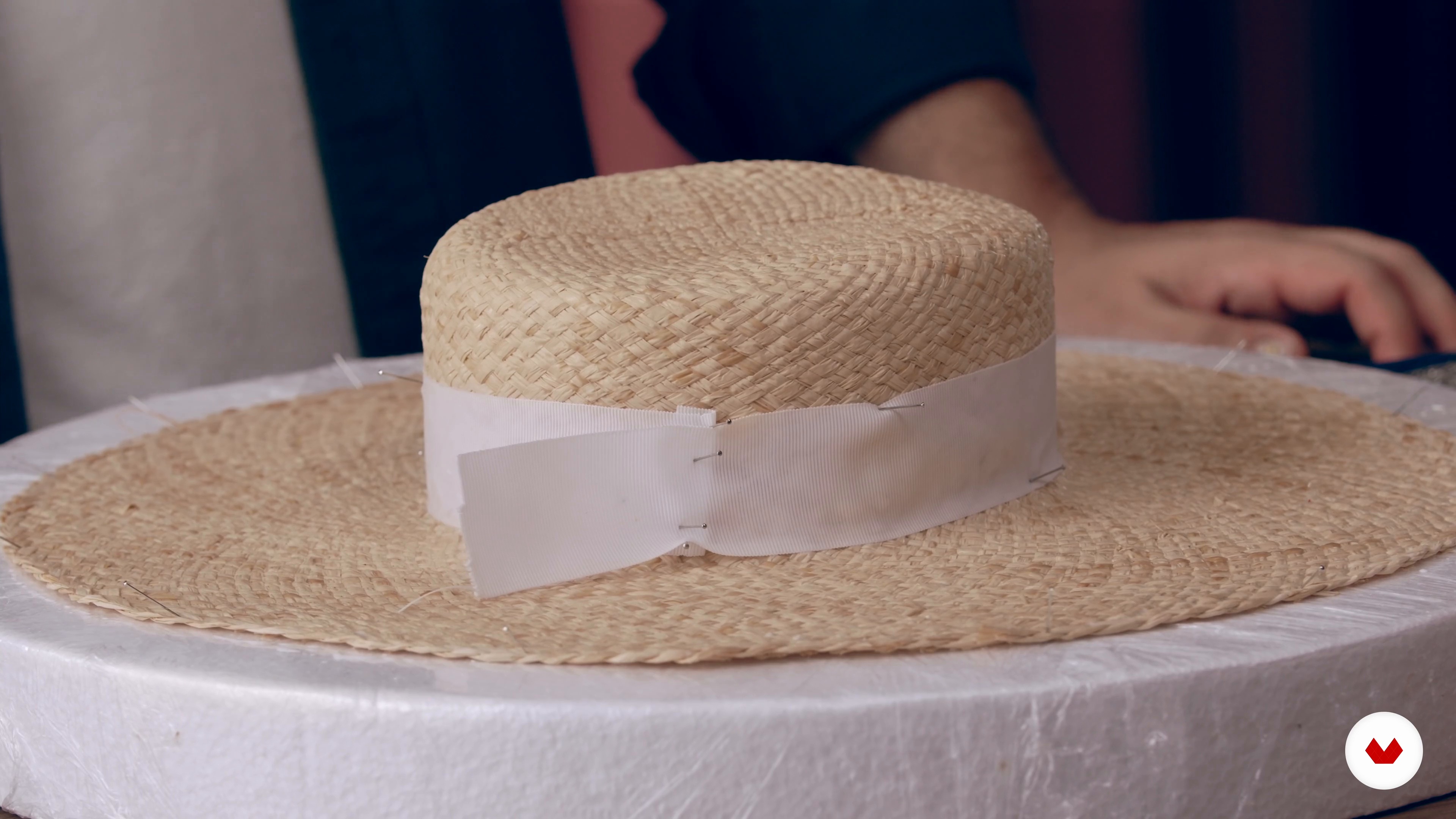
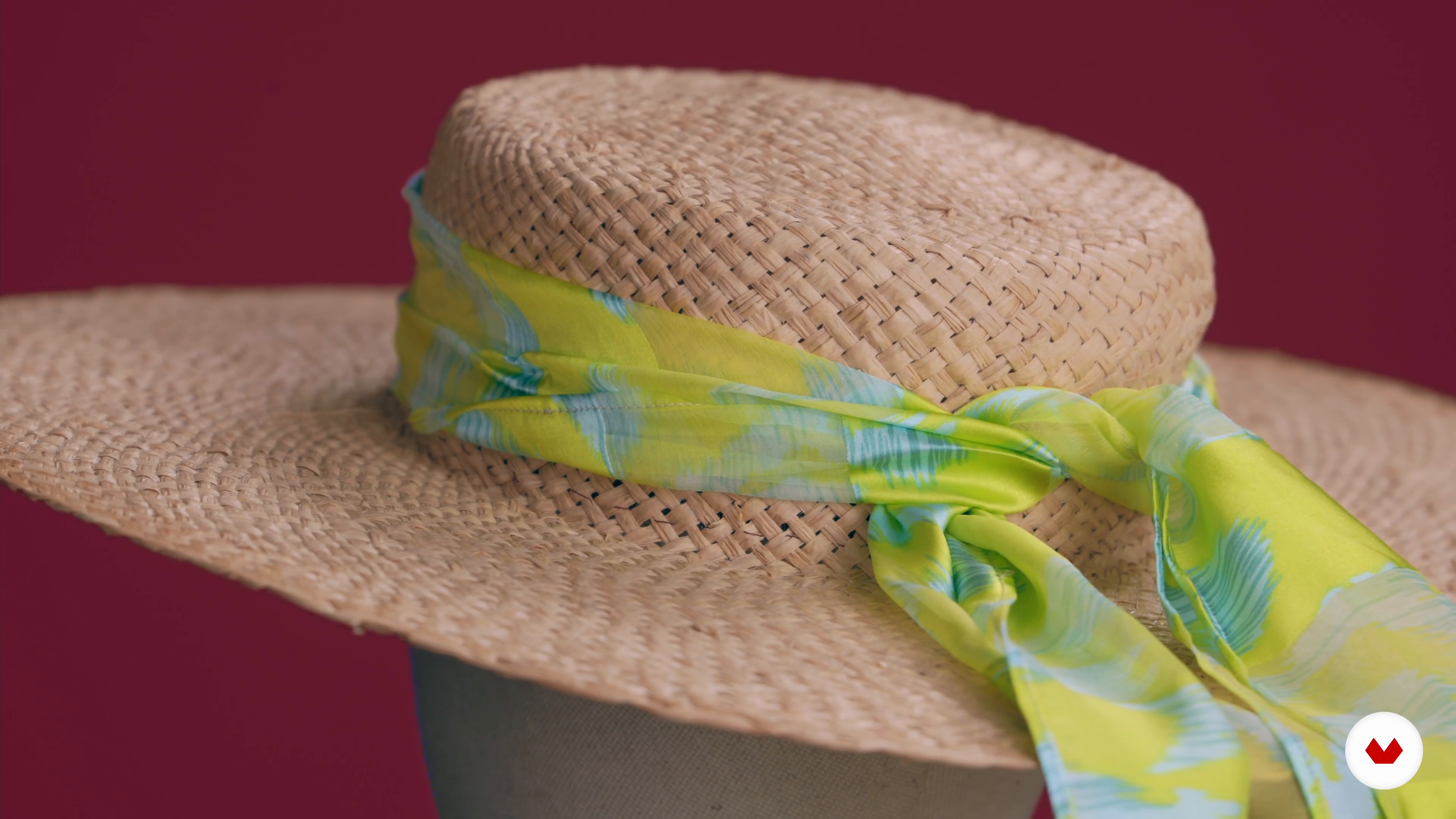

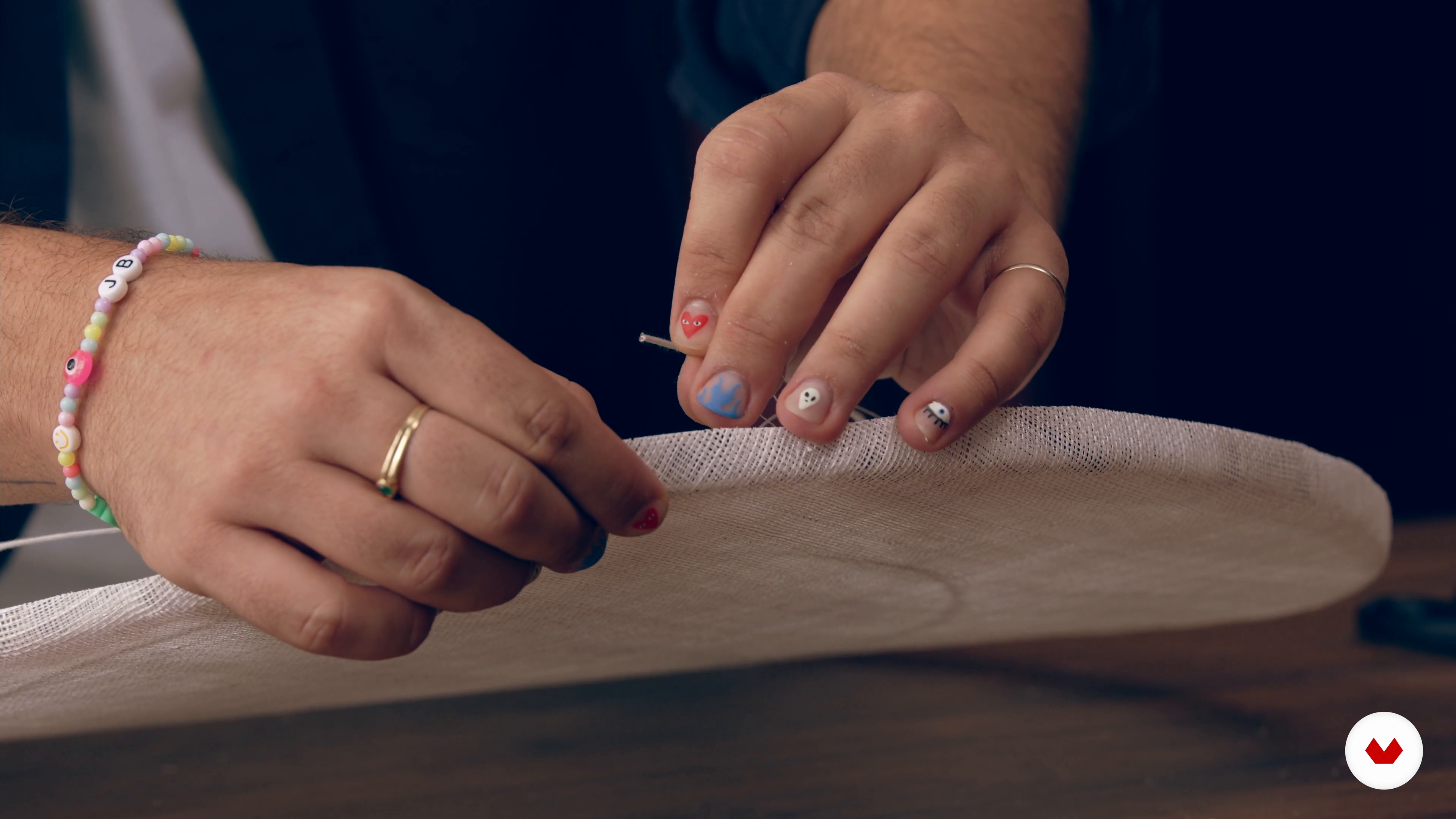




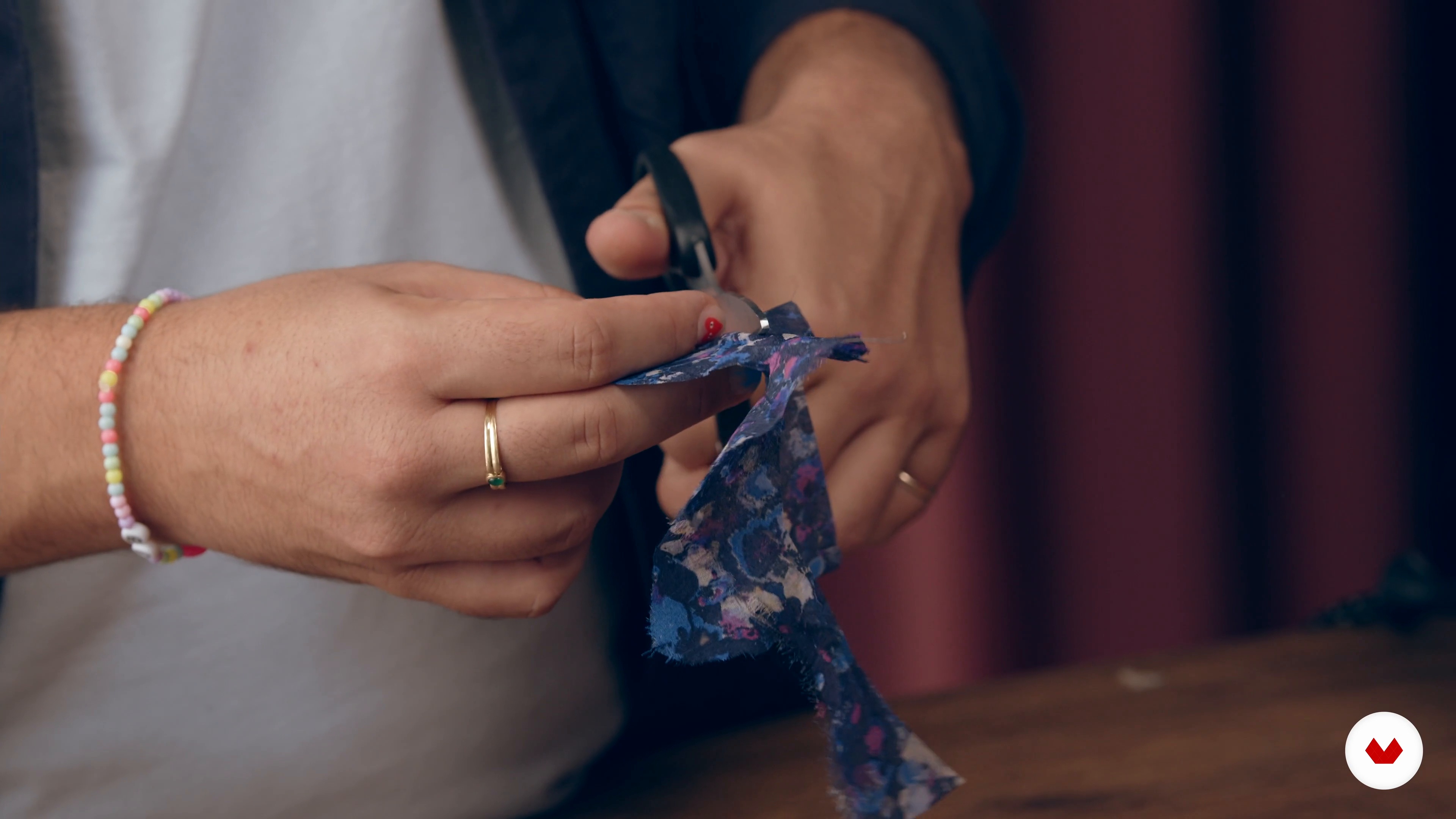


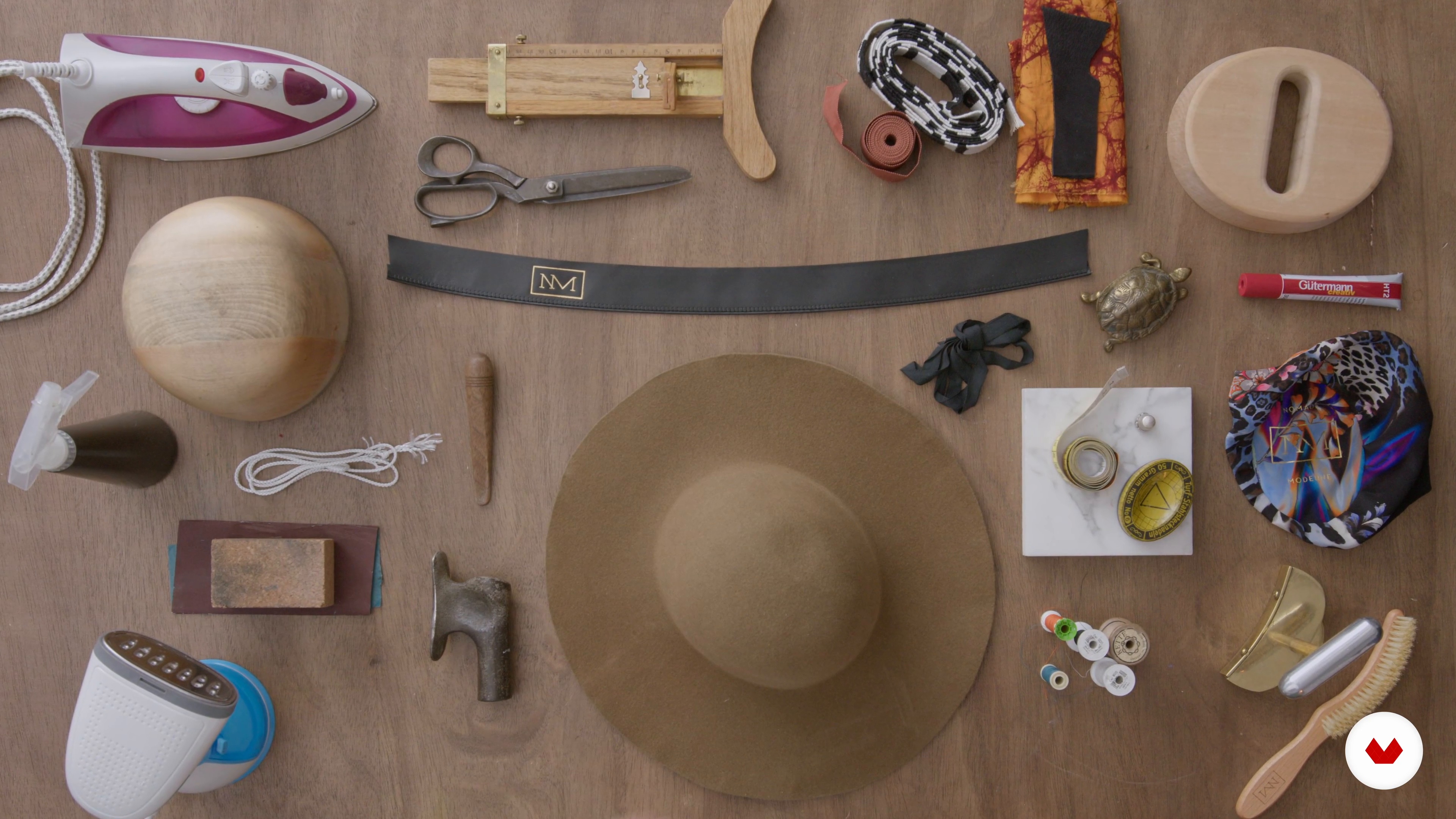



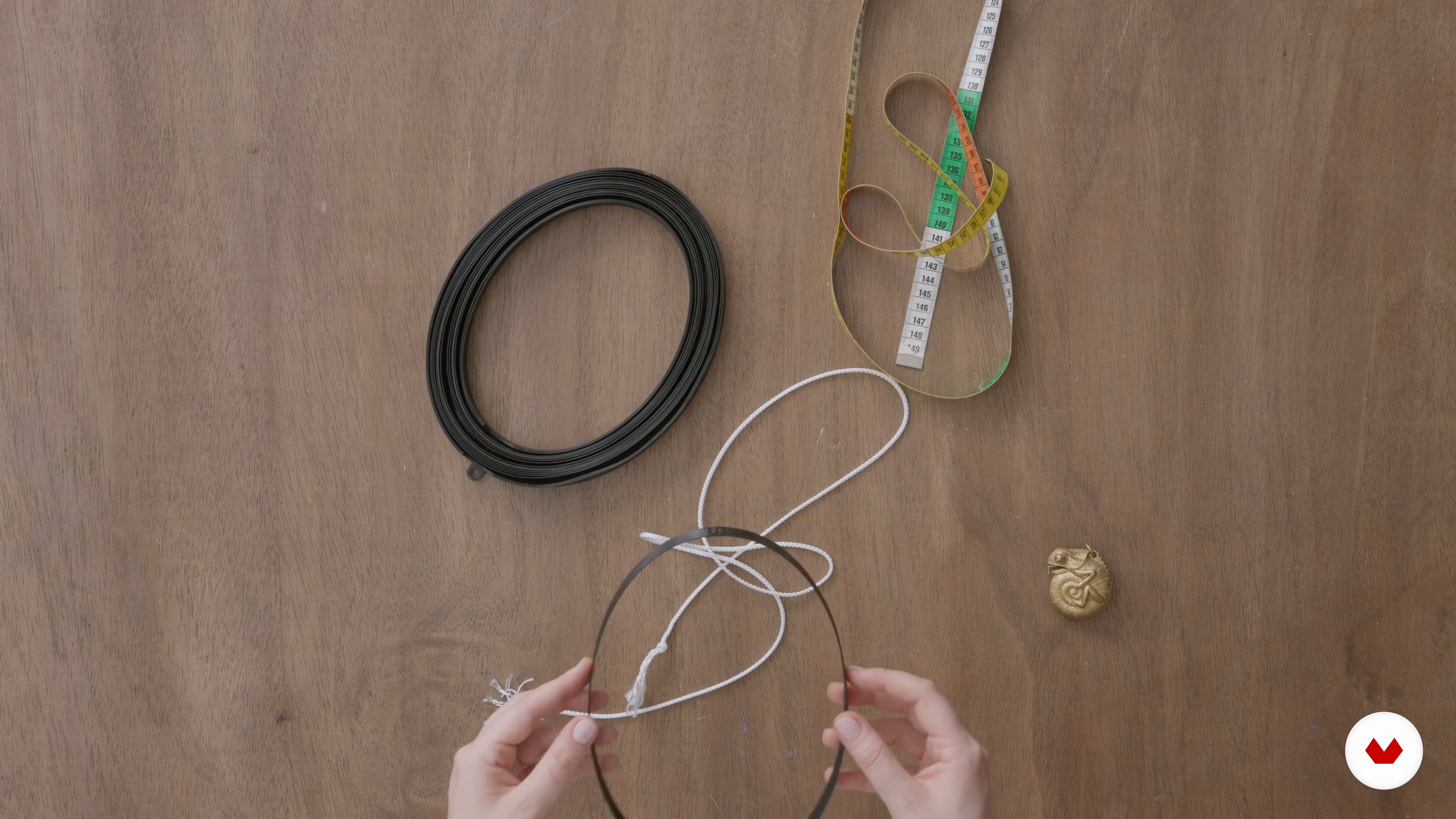
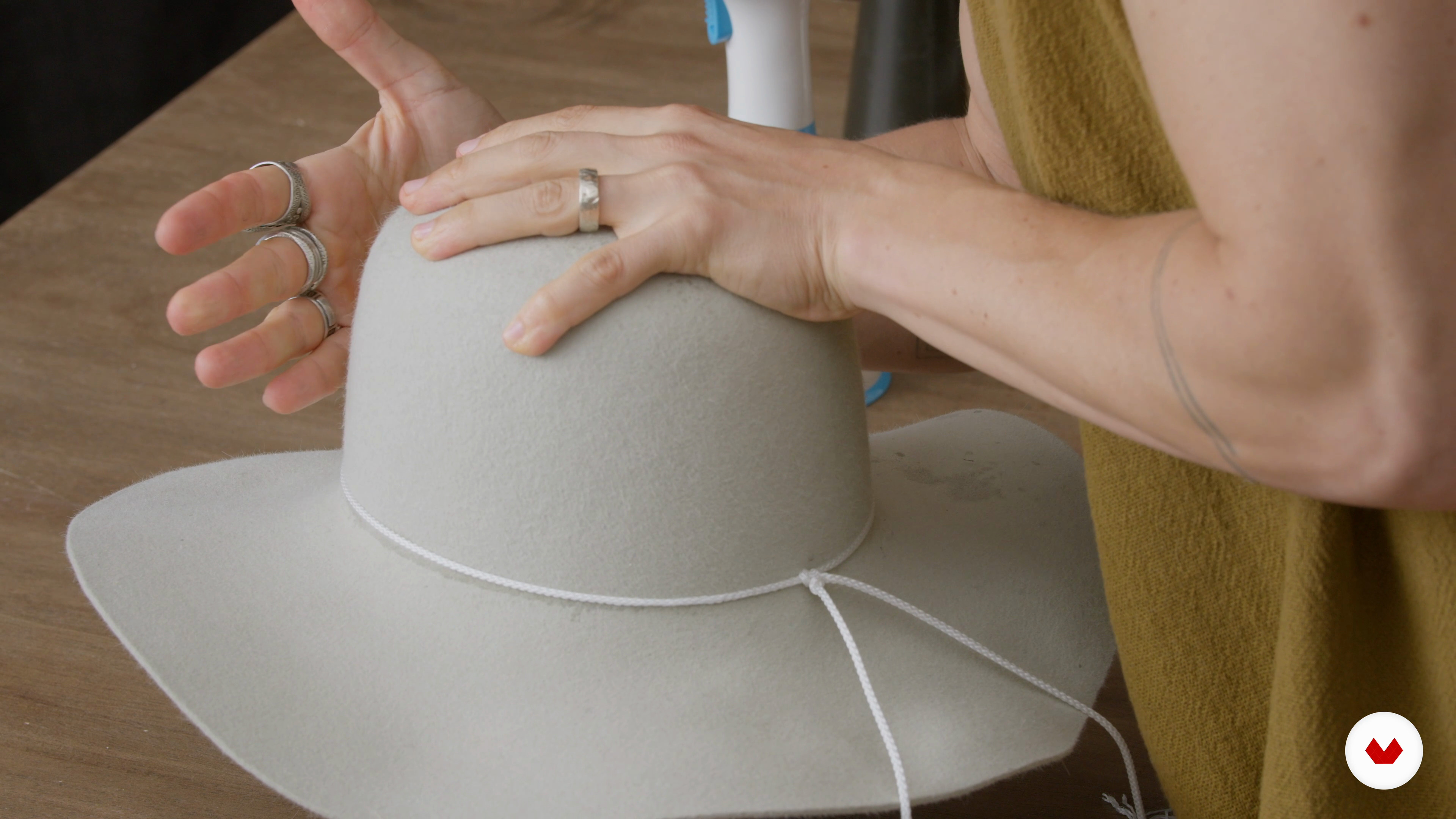

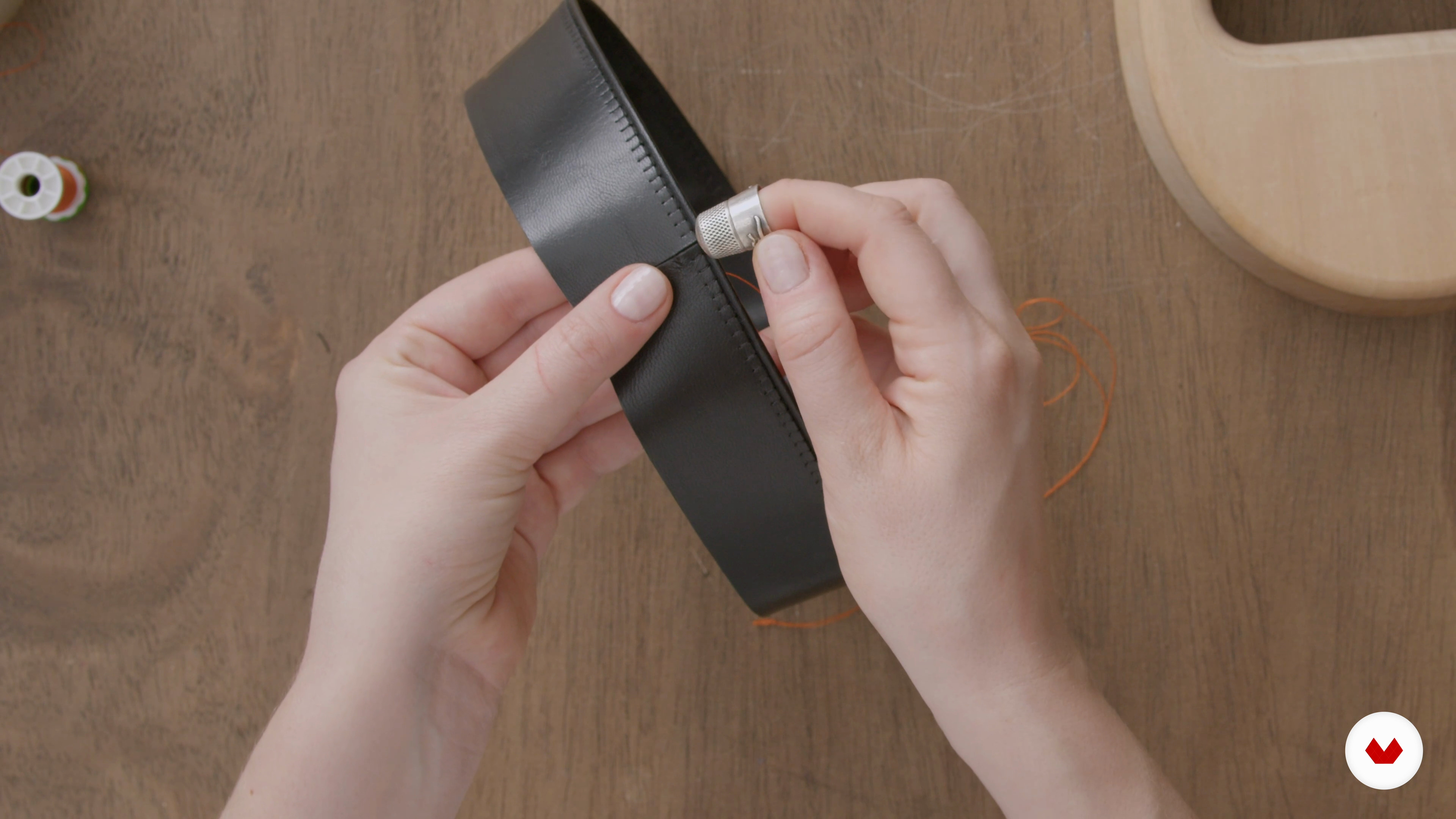
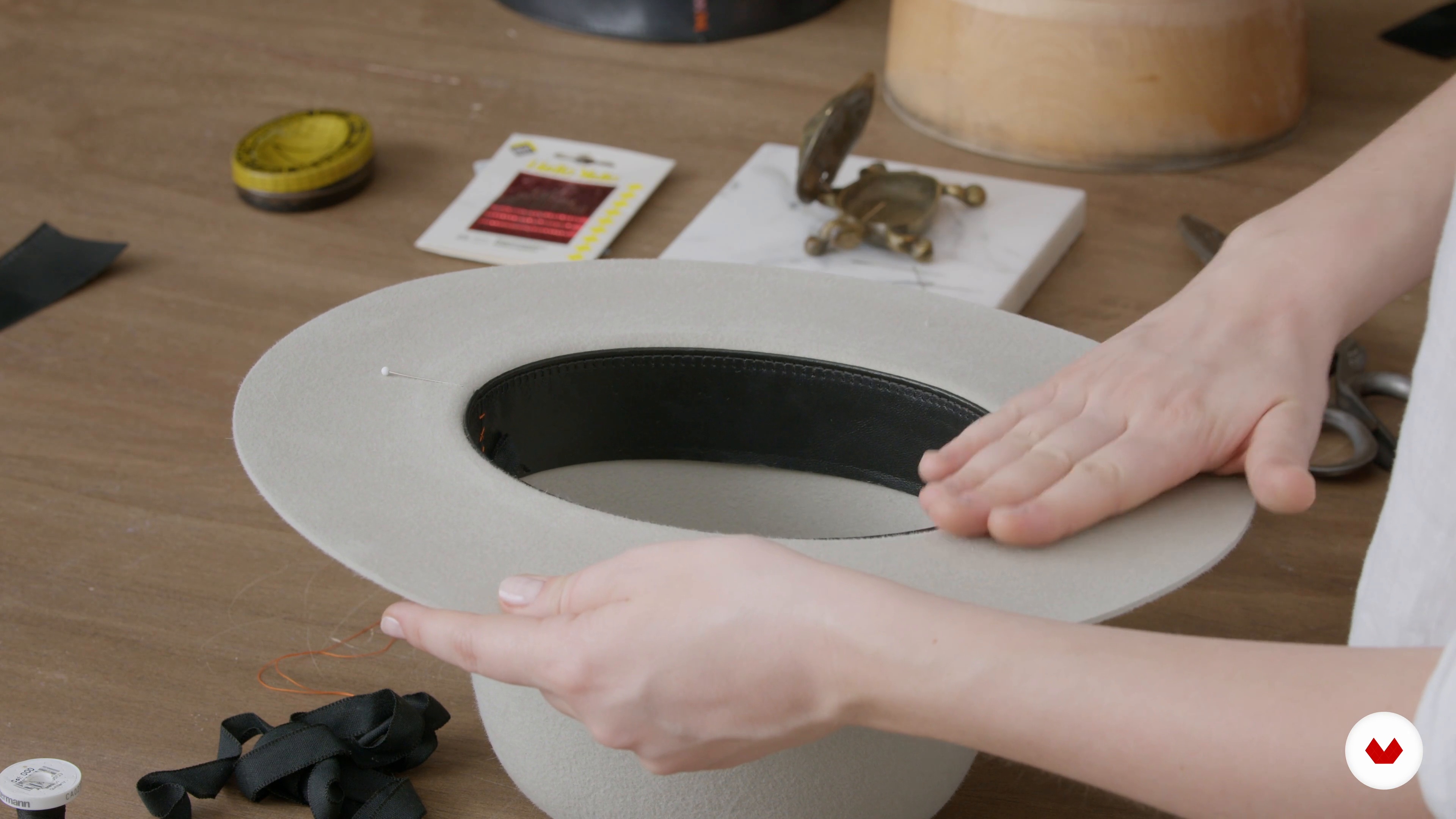

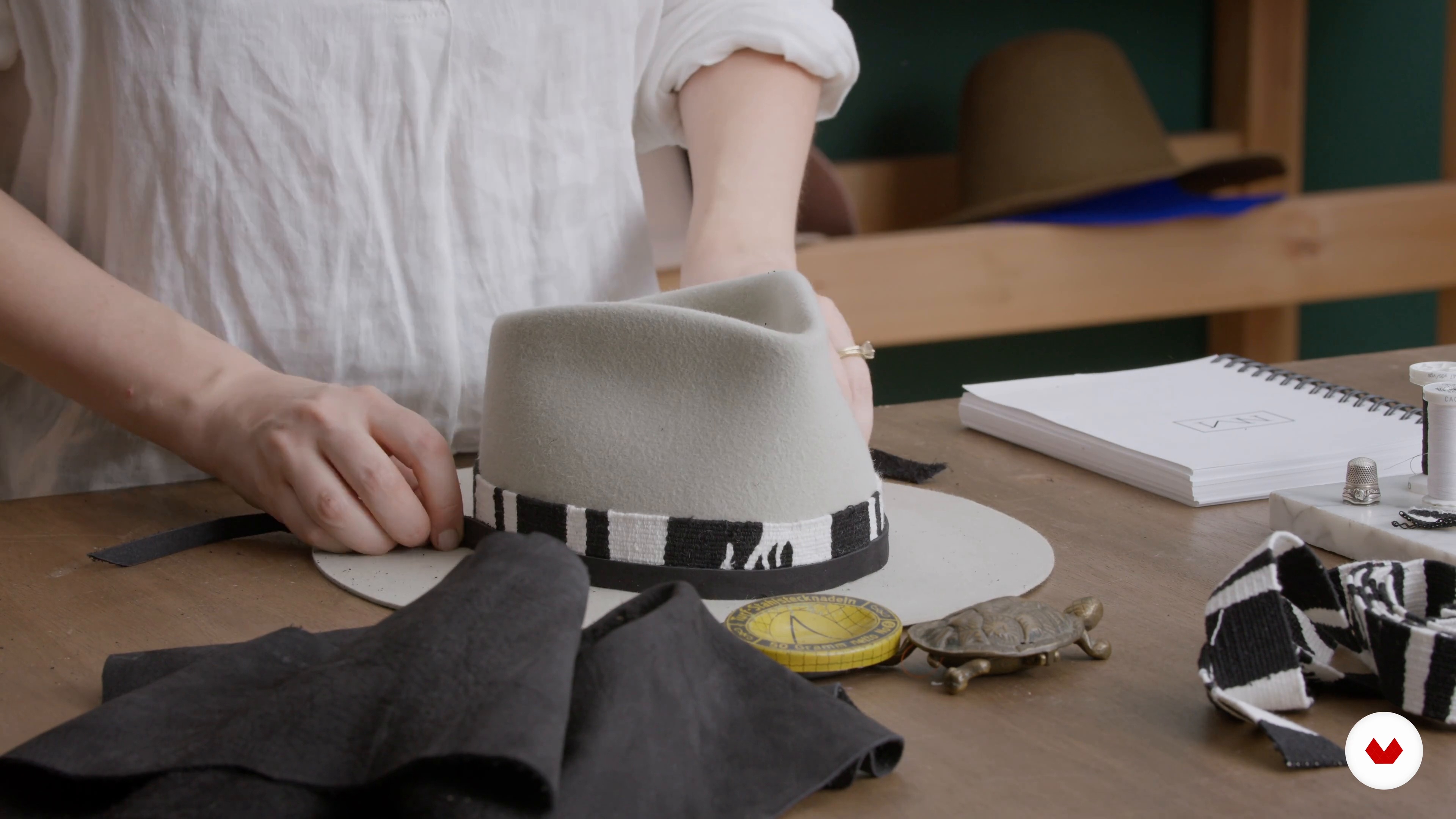





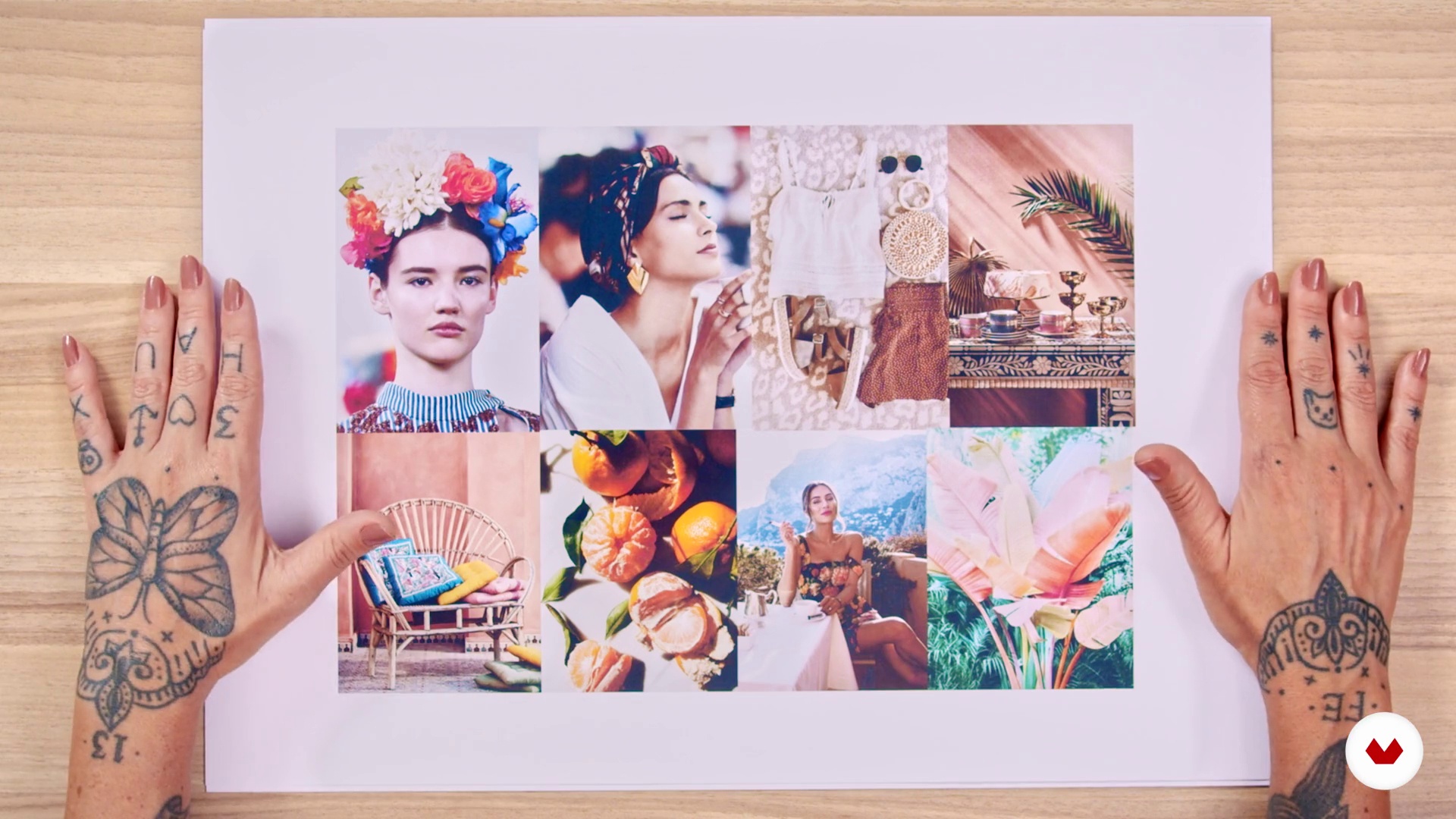

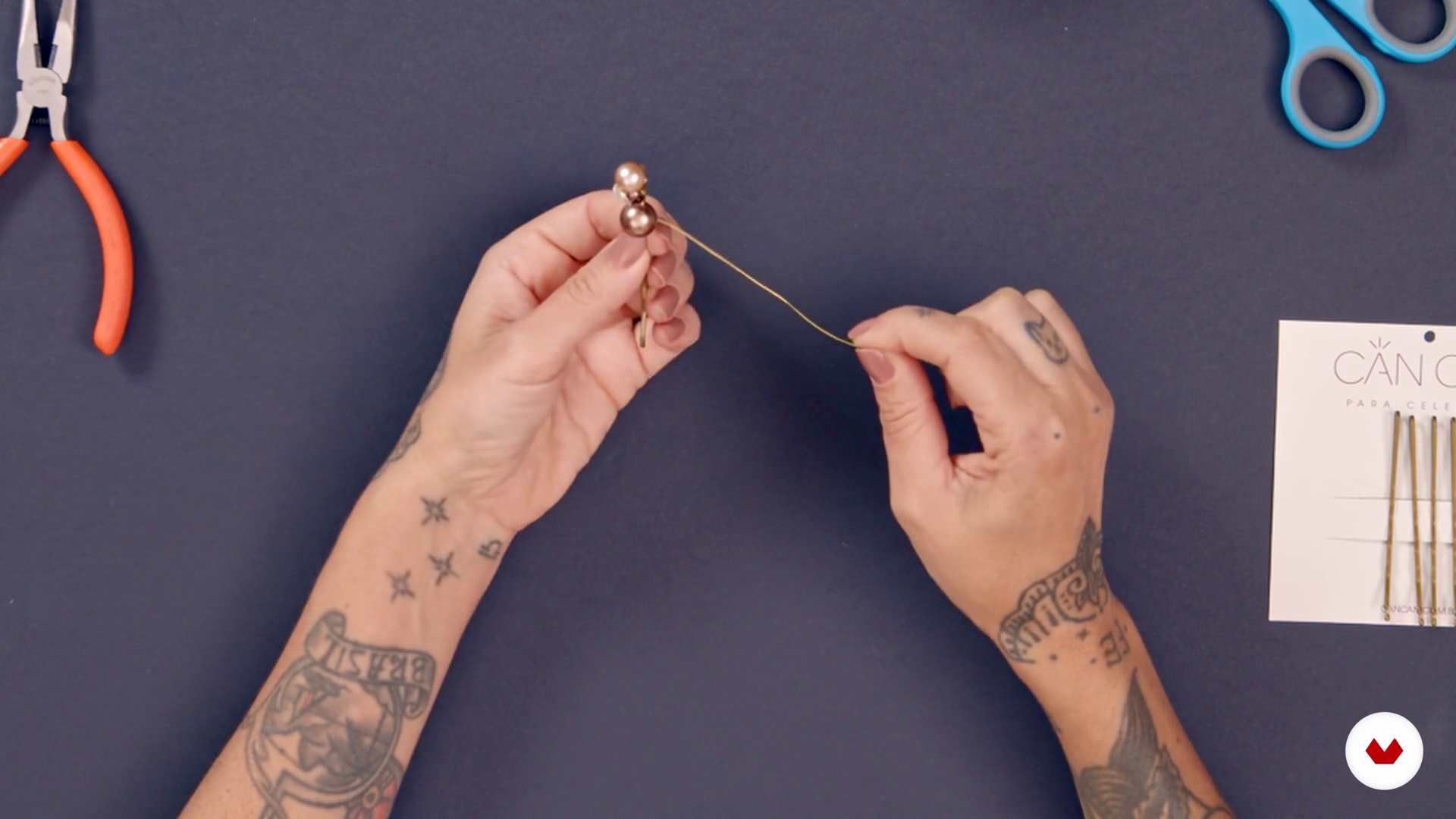

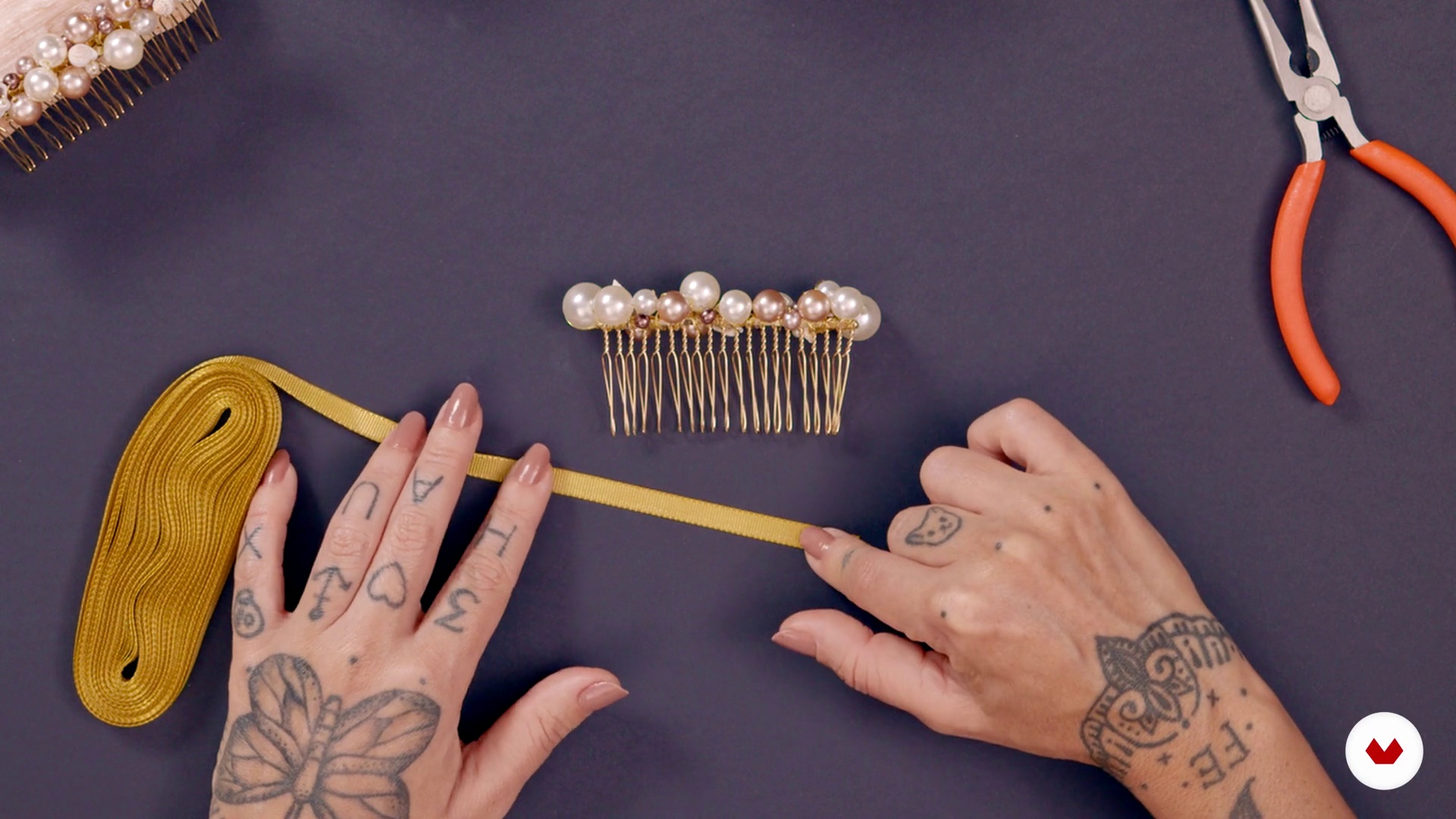
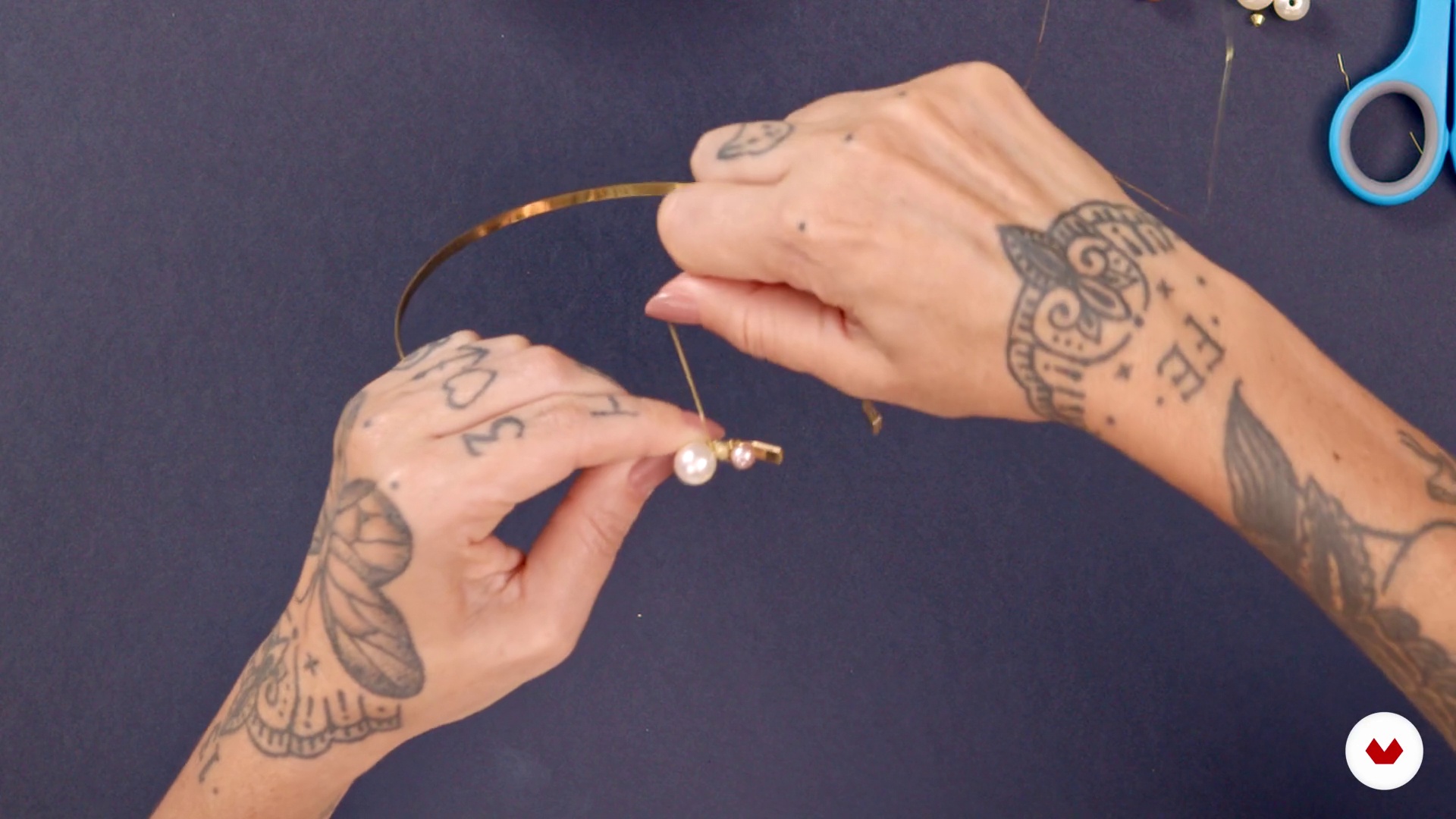
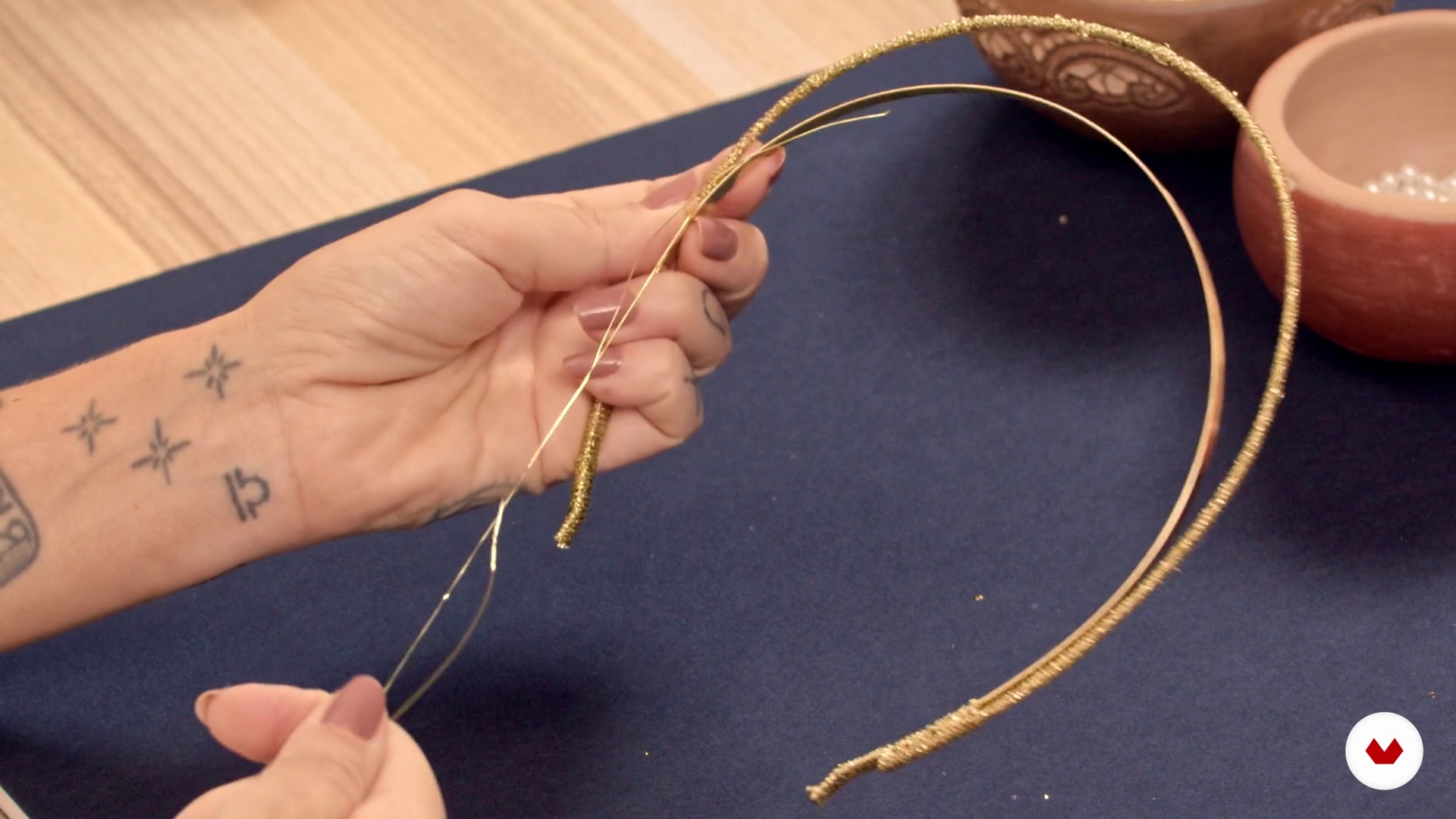

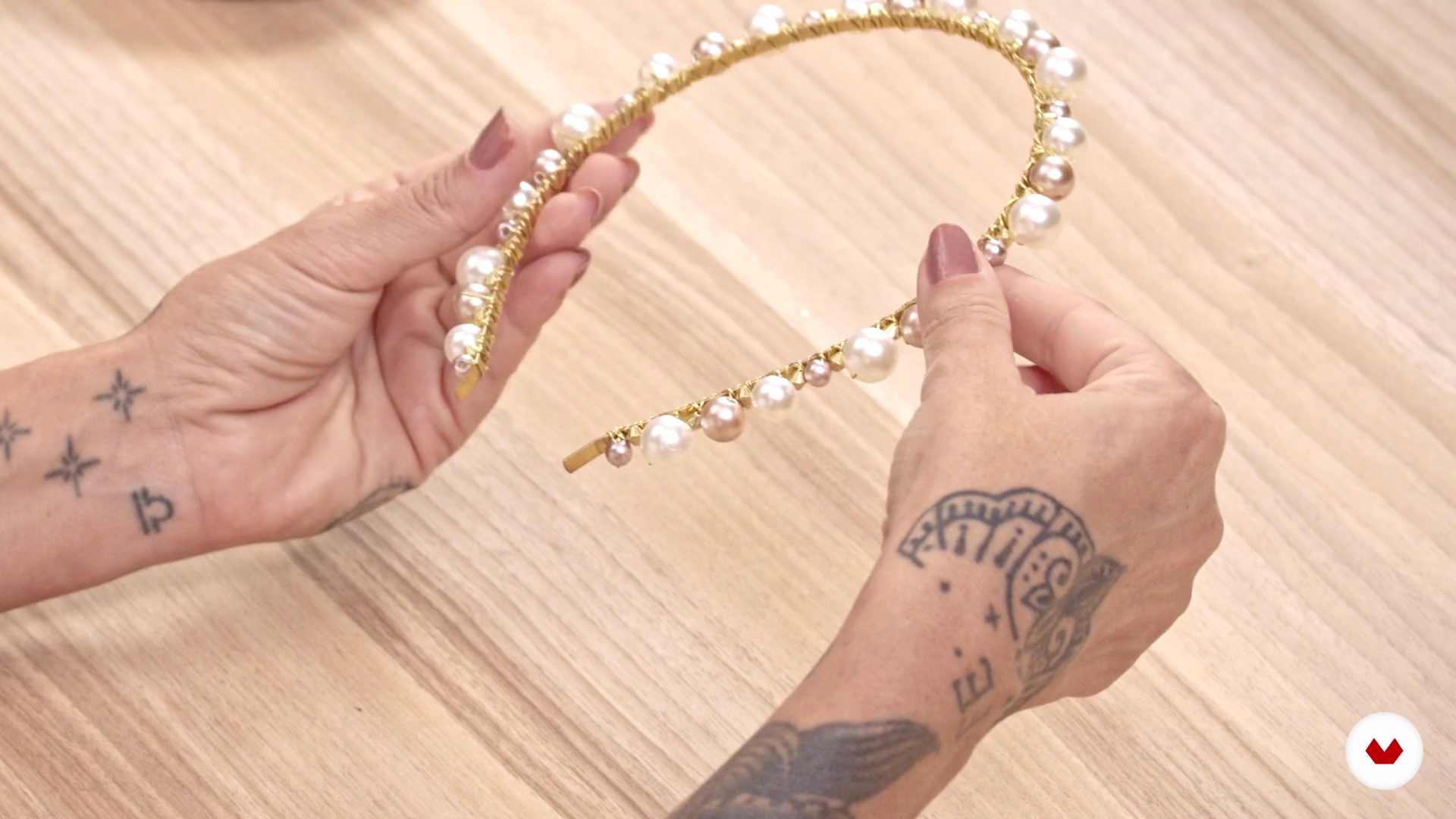

- 10 students
- 68 lessons (10h 21m)
- 57 additional resources (11 files)
- Online and at your own pace
- Audio: Spanish, German, English, Spanish (Latam), French, Indonesian, Italian, Dutch, Polish, Portuguese, Romanian, Turkish
- Spanish · English · Portuguese · German · French · Italian · Polish · Dutch · Turkish · Romanian · Indonesian
- Level: Beginner
- Unlimited access forever
What is this course's project?
The project involves designing and creating a complete collection of head accessories, integrating techniques such as beadwork, headband making, and modern millinery. You will develop creative and technical skills to express your personal style.
Who is this specialization for?
Emerging fashion designers, artisans looking to expand their repertoire, creative professionals interested in head accessories, design enthusiasts wanting to create unique pieces, and entrepreneurs with the ambition to launch their own line of accessories.
Requirements and materials
No extensive prior experience is required, just a basic embroidery kit containing ribbons, threads, cords, a headband base, and jewelry beads. Creativity and a willingness to experiment with materials and techniques will enrich your accessory design skills.

What to expect from this specialization course
-
Learn at your own pace
Enjoy learning from home without a set schedule and with an easy-to-follow method. You set your own pace.
-
Learn from the best professionals
Learn valuable methods and techniques explained by top experts in the creative sector.
-
Meet expert teachers
Each expert teaches what they do best, with clear guidelines, true passion, and professional insight in every lesson.
-
Certificates
PlusIf you're a Plus member, get a custom certificate for every specialization course. Share it on your portfolio, social media, or wherever you like.
-
Get front-row seats
Videos of the highest quality, so you don't miss a single detail. With unlimited access, you can watch them as many times as you need to perfect your technique.
-
Share knowledge and ideas
Ask questions, request feedback, or offer solutions. Share your learning experience with other students in the community who are as passionate about creativity as you are.
-
Connect with a global creative community
The community is home to millions of people from around the world who are curious and passionate about exploring and expressing their creativity.
-
Watch professionally produced courses
Domestika curates its teacher roster and produces every course in-house to ensure a high-quality online learning experience.
FAQs
What are Domestika's online courses?
Domestika courses are online classes that allow you to learn new skills and create incredible projects. All our courses include the opportunity to share your work with other students and/or teachers, creating an active learning community. We offer different formats:
Original Courses: Complete classes that combine videos, texts, and educational materials to complete a specific project from start to finish.
Basics Courses: Specialized training where you master specific software tools step by step.
Specialization Courses: Learning paths with various expert teachers on the same topic, perfect for becoming a specialist by learning from different approaches.
Guided Courses: Practical experiences ideal for directly acquiring specific skills.
Intensive Courses (Deep Dives): New creative processes based on artificial intelligence tools in an accessible format for in-depth and dynamic understanding.
When do the specialization courses start and when do they finish?
All specialization courses are 100% online, so once they're published, specialization courses start and finish whenever you want. You set the pace of the class. You can go back to review what interests you most and skip what you already know, ask questions, answer questions, share your projects, and more.
What do Domestika's specialization courses include?
The specialization courses are divided into different modules. Each one includes lessons, informational text, tasks, and practice exercises to help you carry out your project step by step, with additional complementary resources and downloads. You'll also have access to an exclusive forum where you can interact with other students, as well as share your work and your final project, creating a community around the specialization courses.
Have you been given a specialization courses?
You can redeem the specialization courses you received by accessing the redeeming page and entering your gift code.




